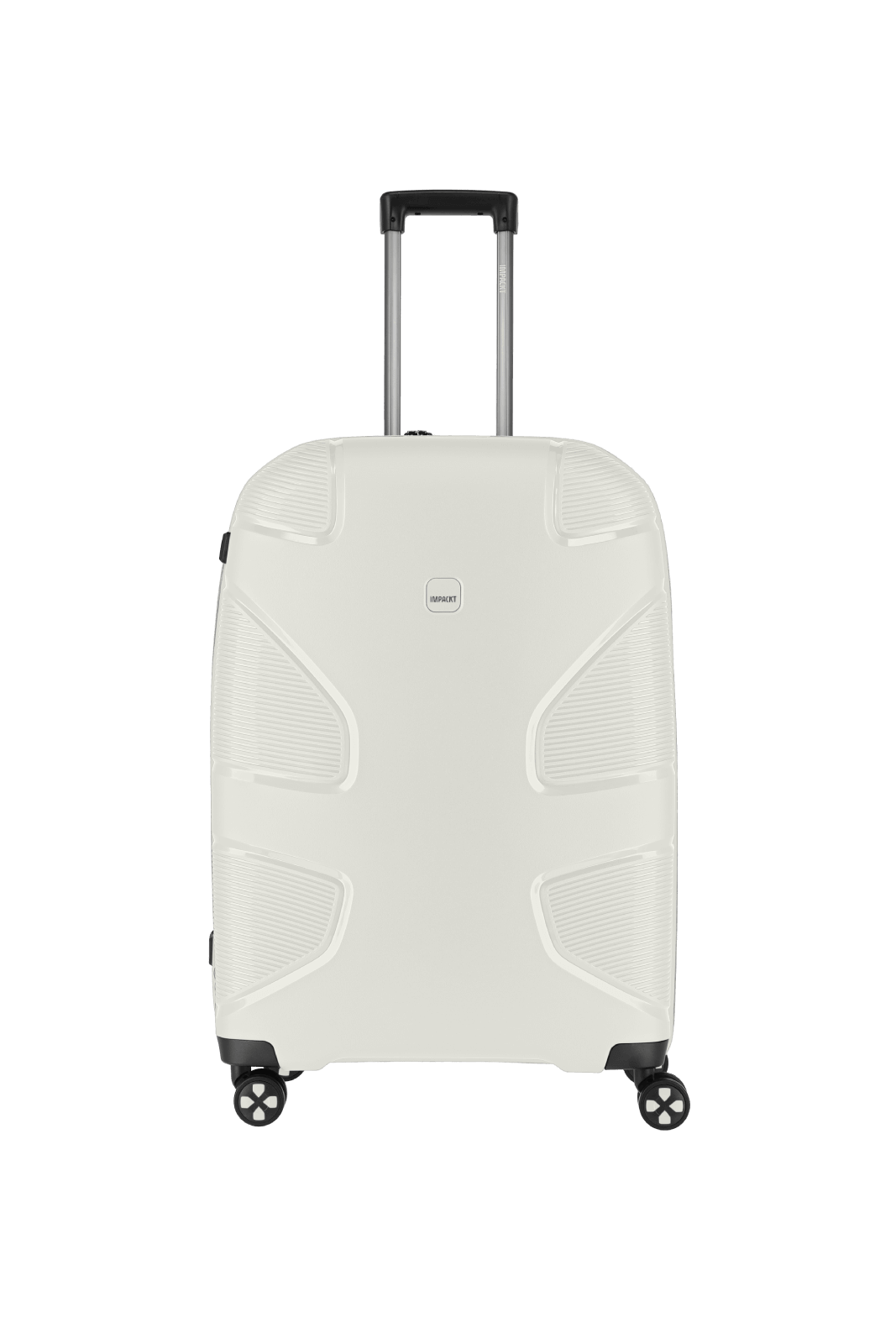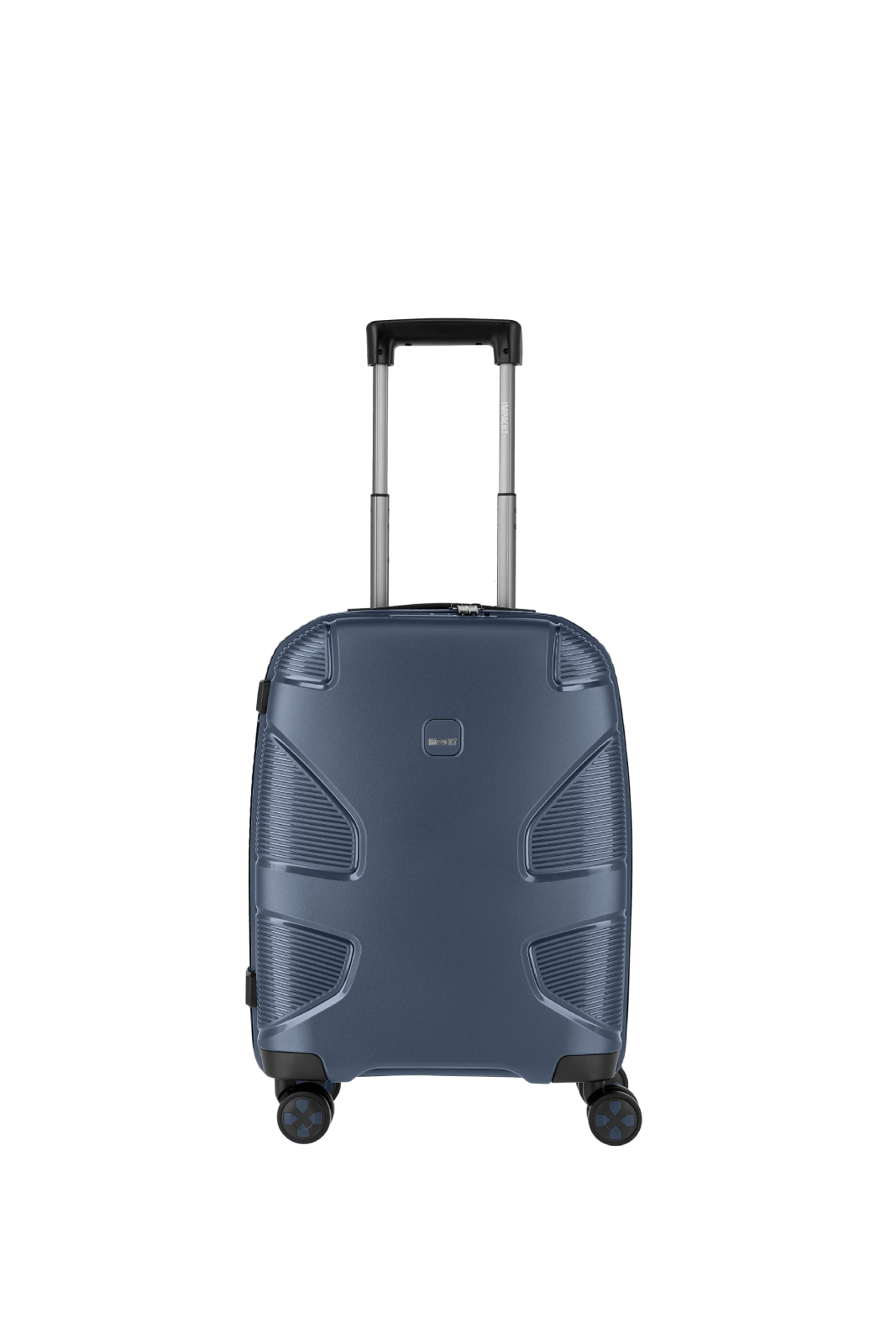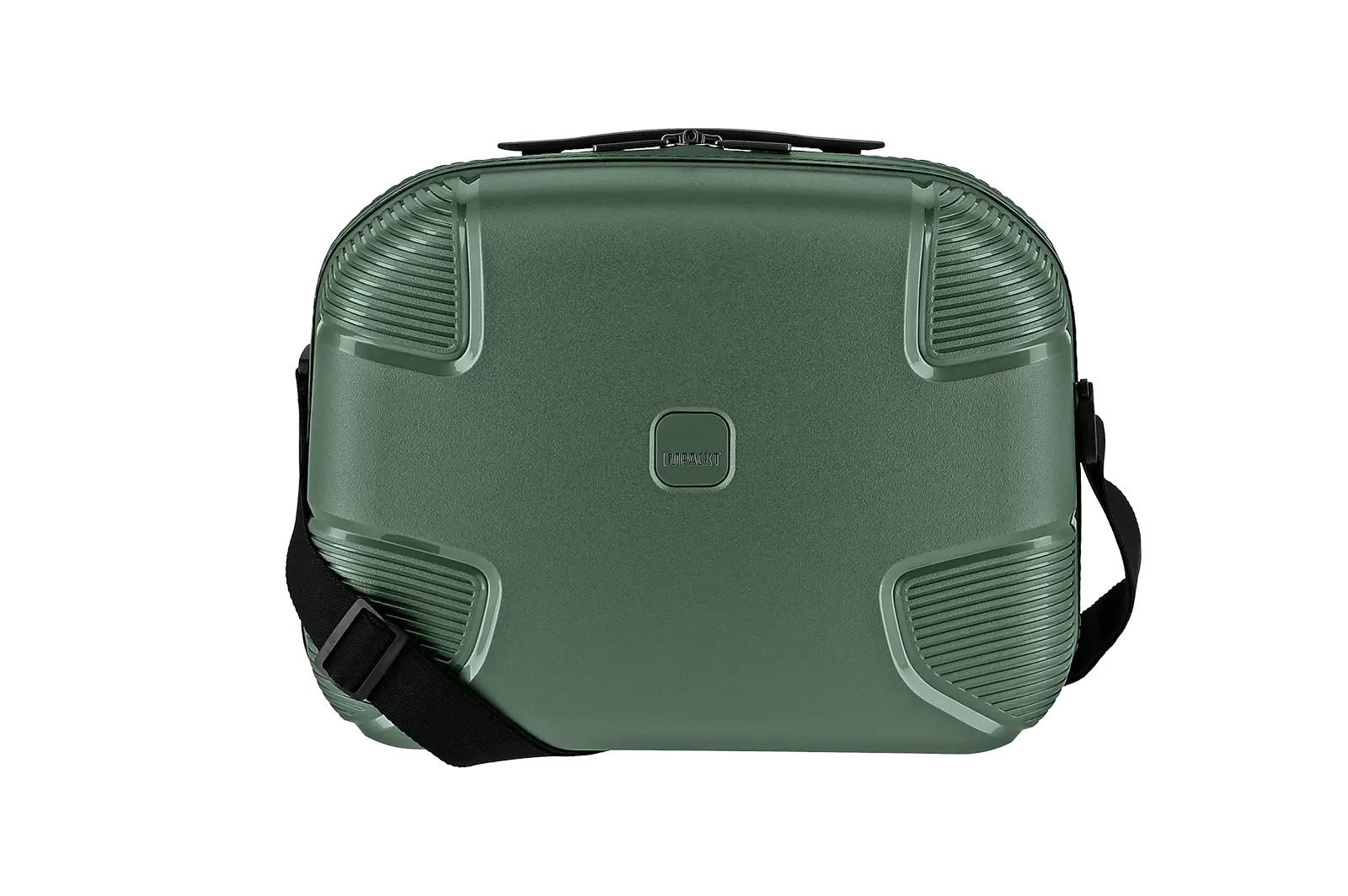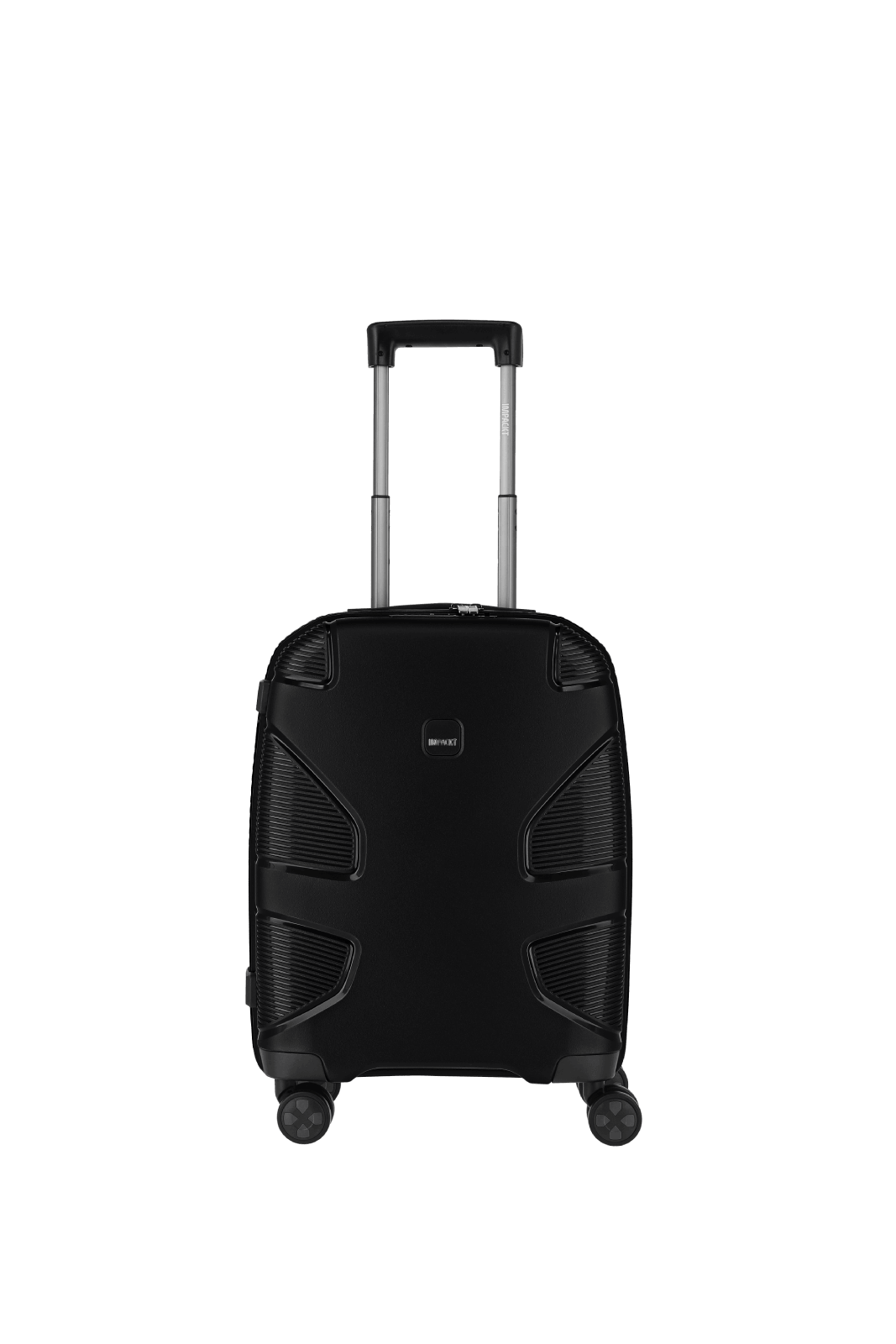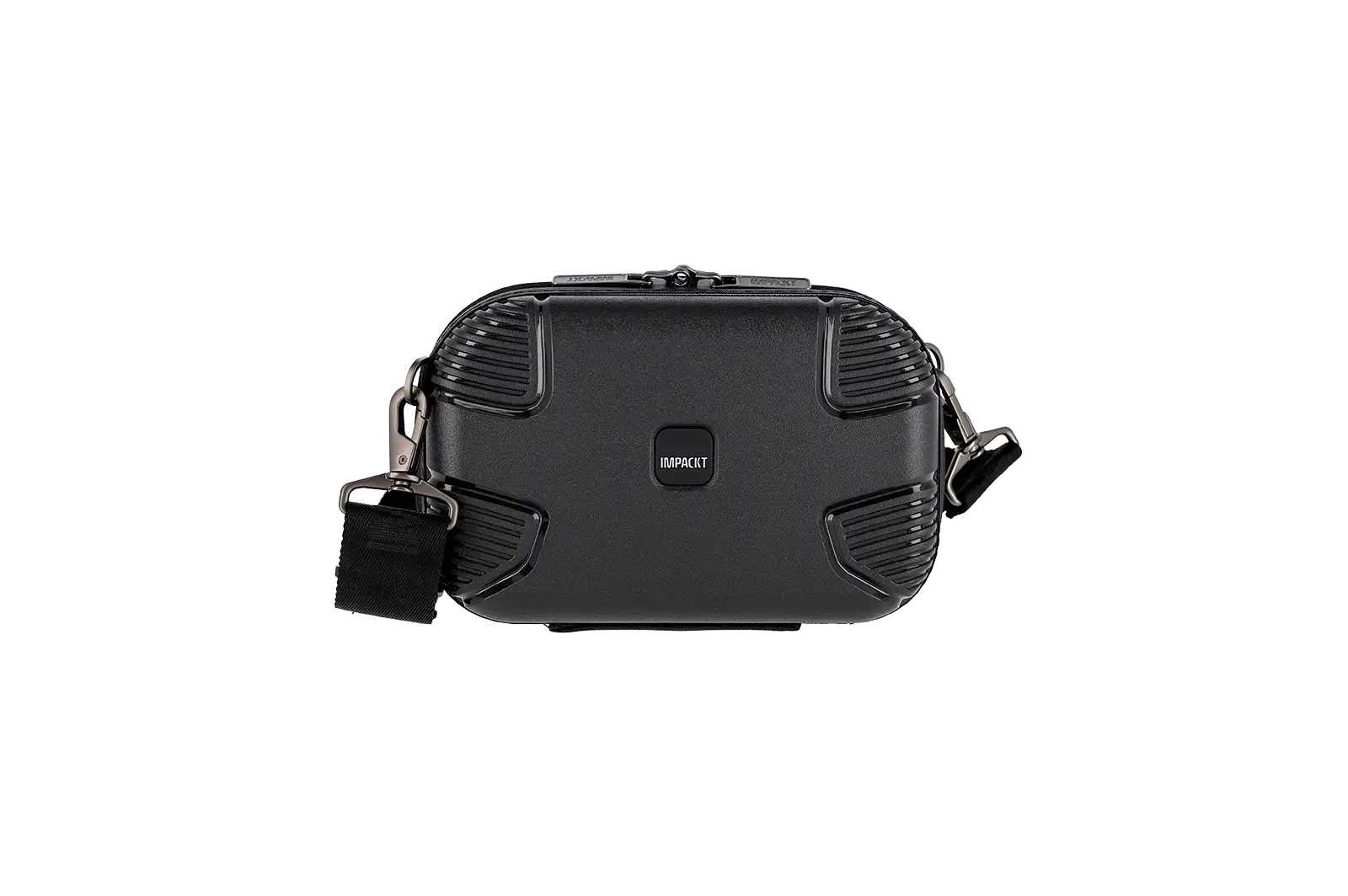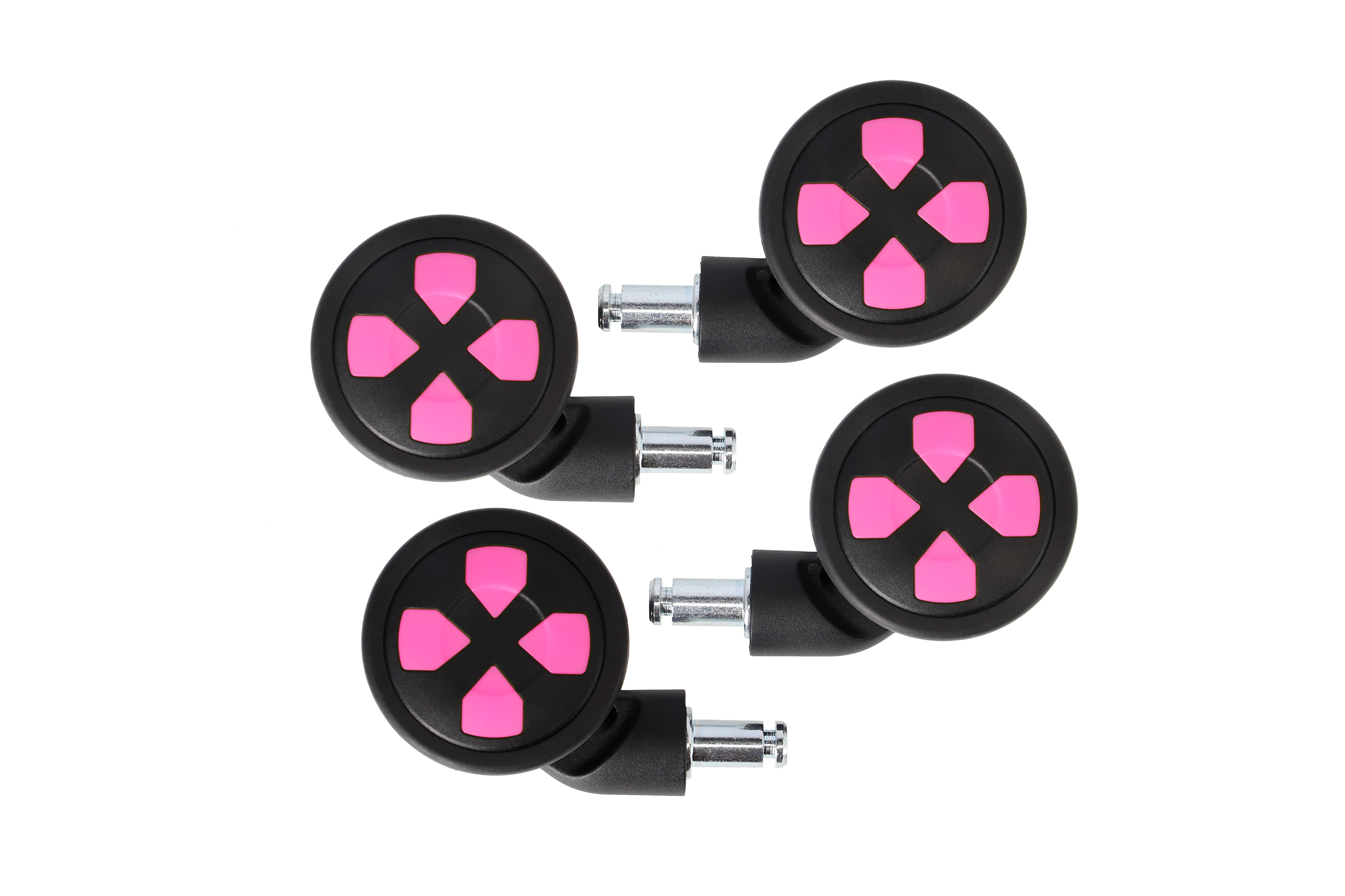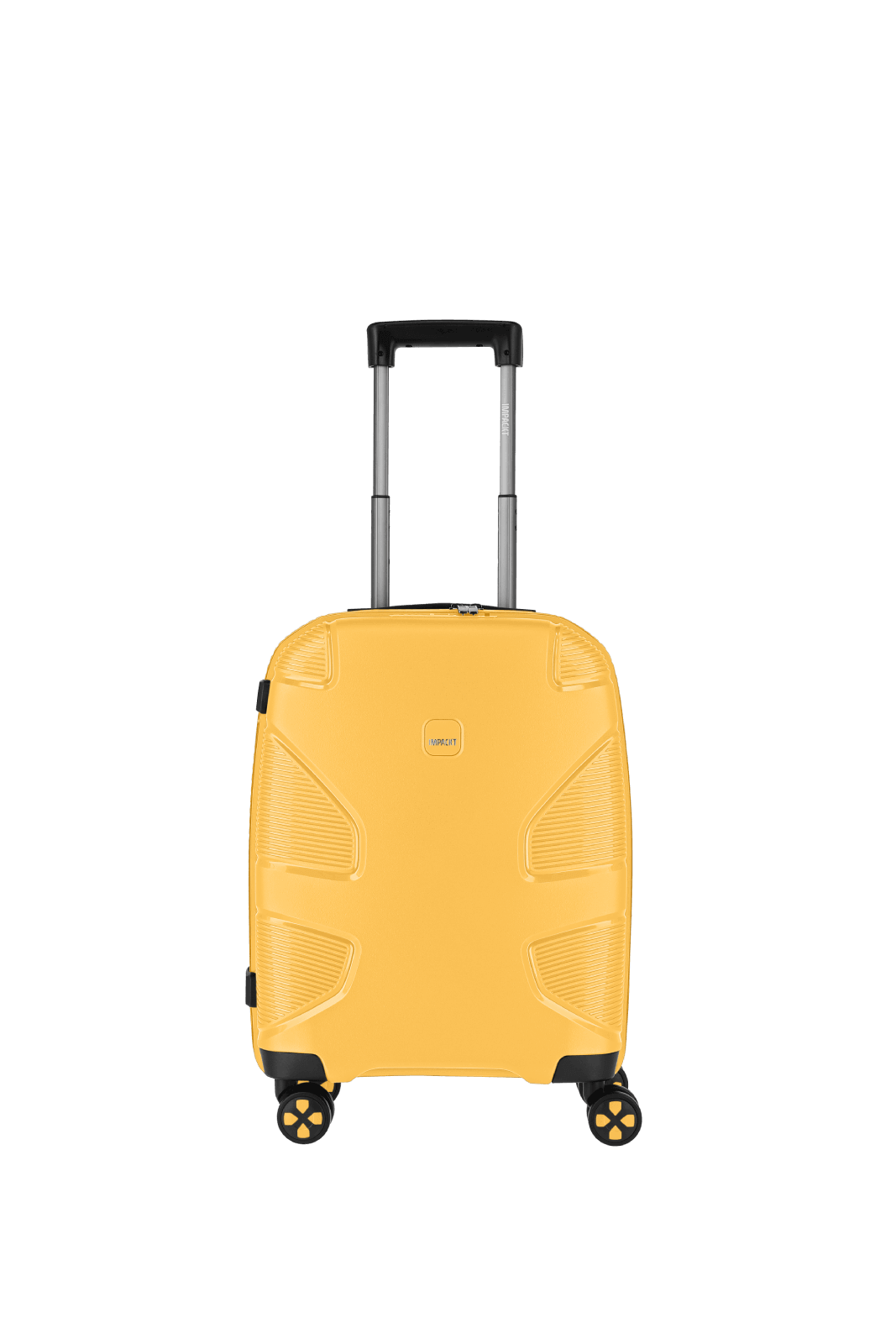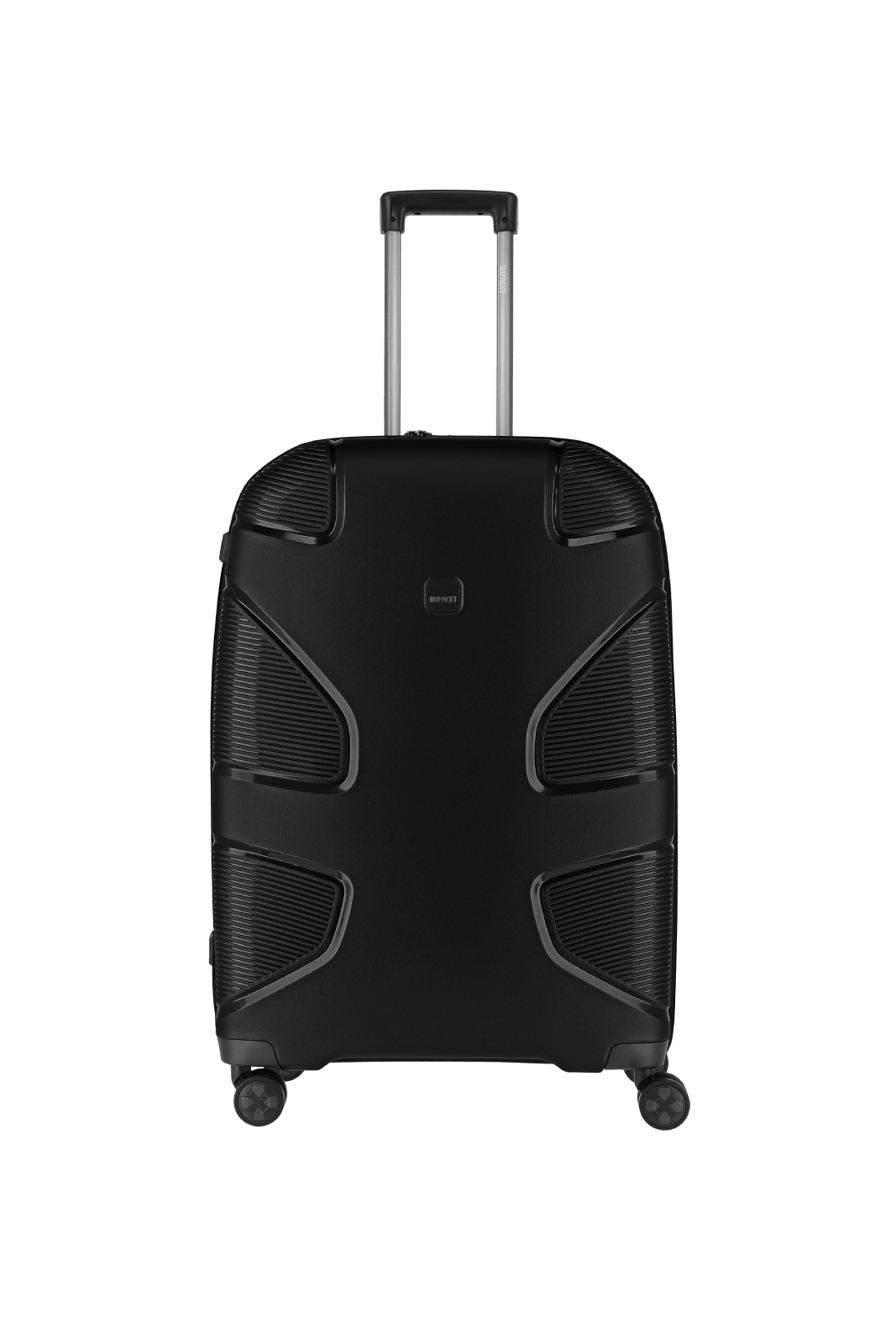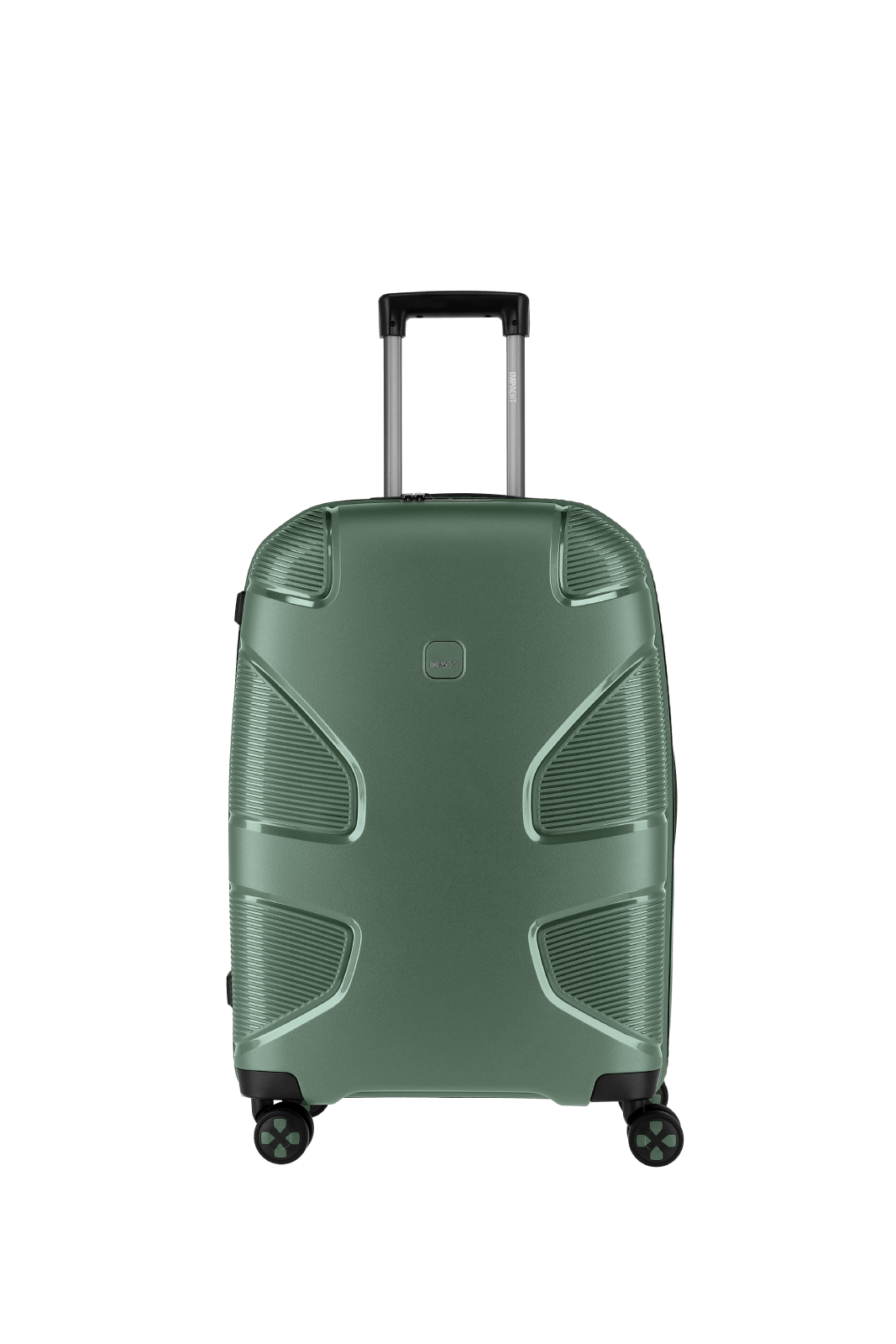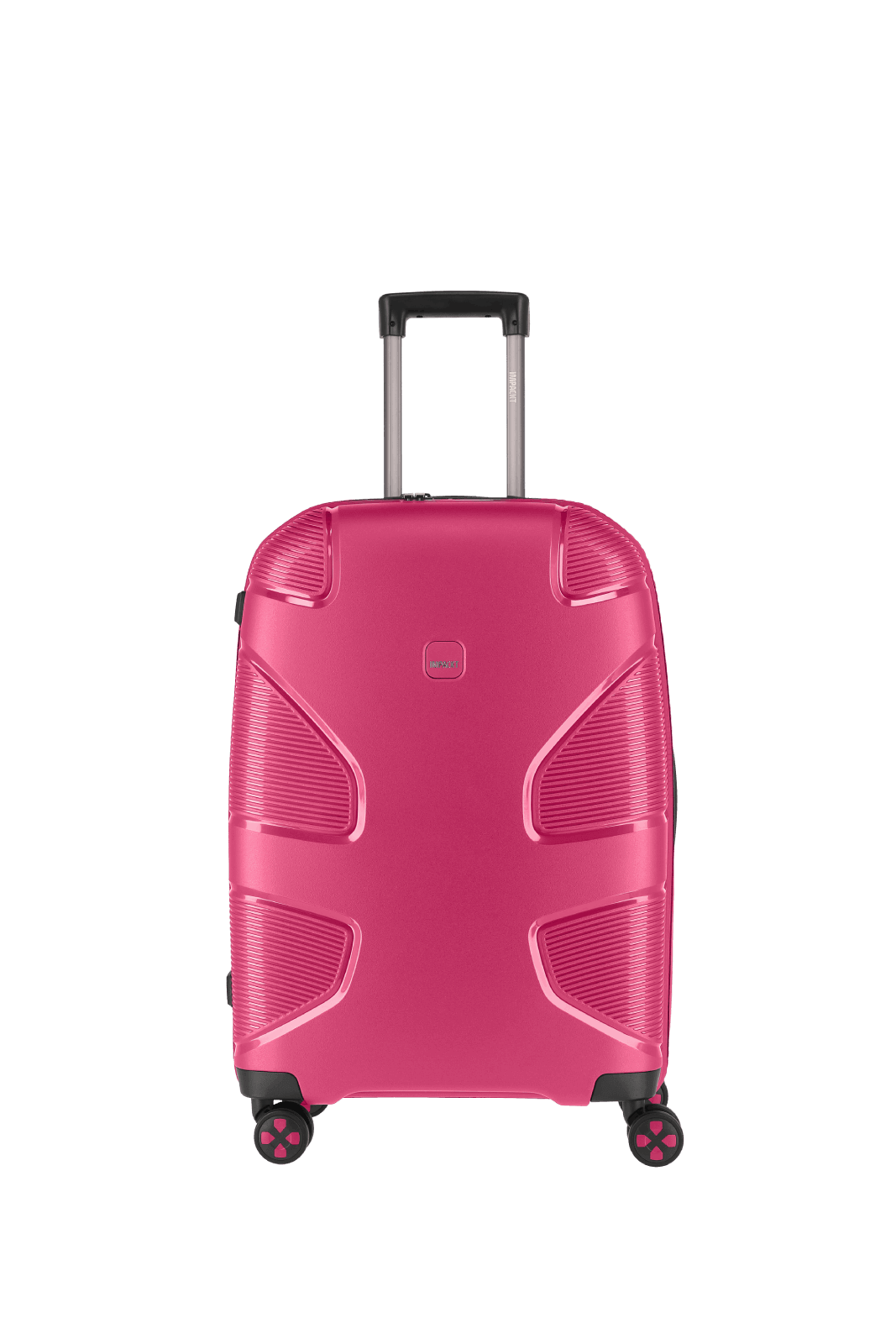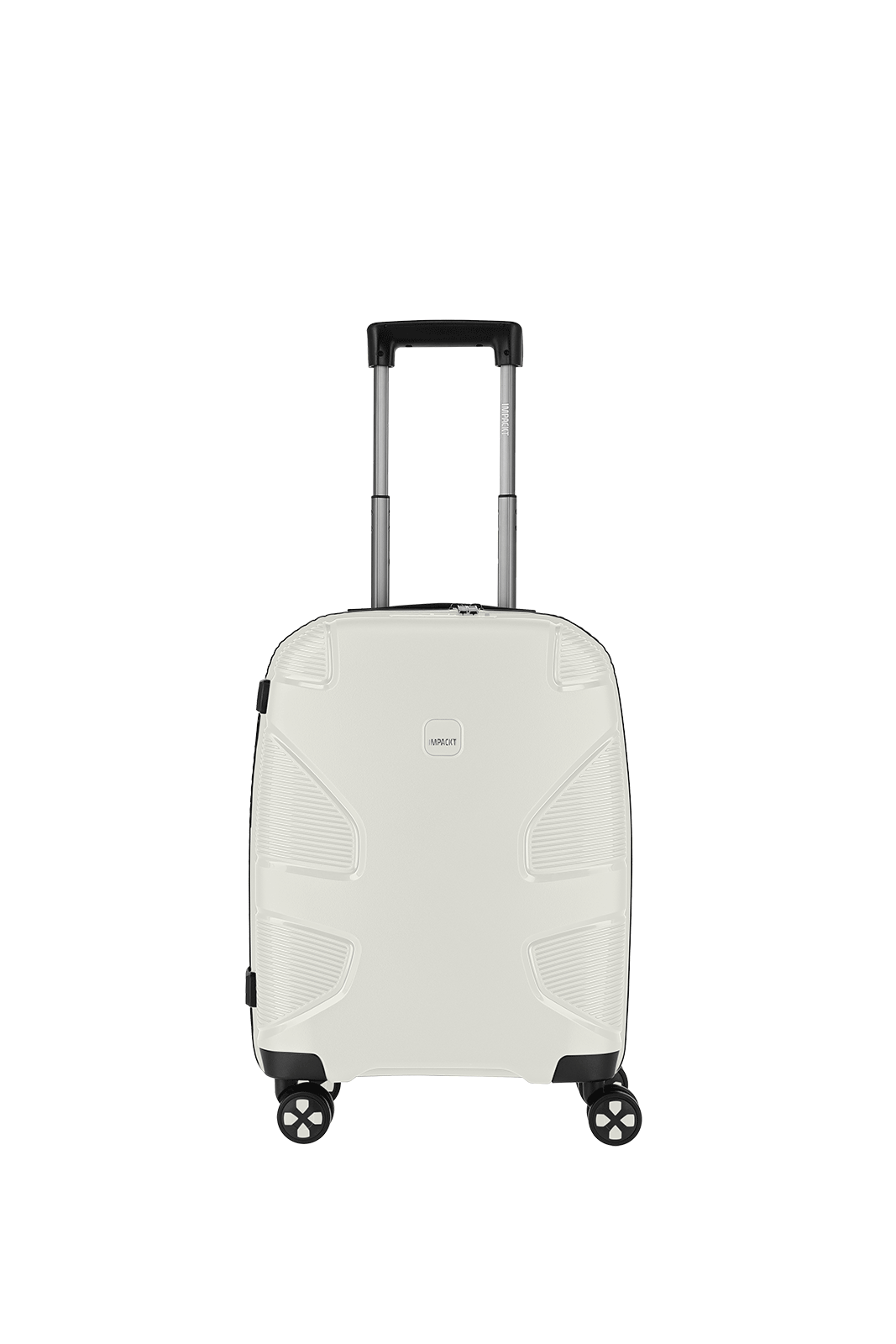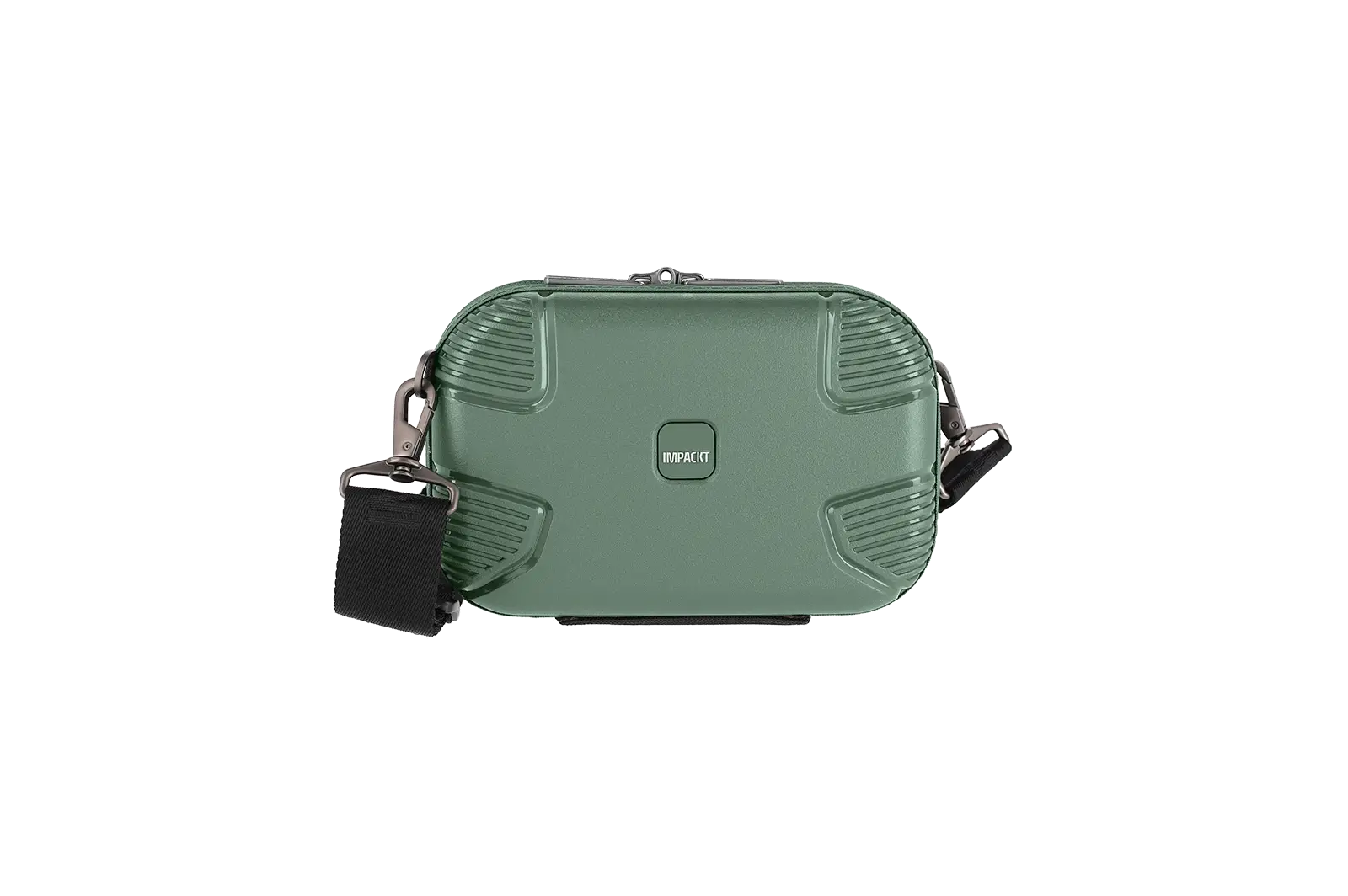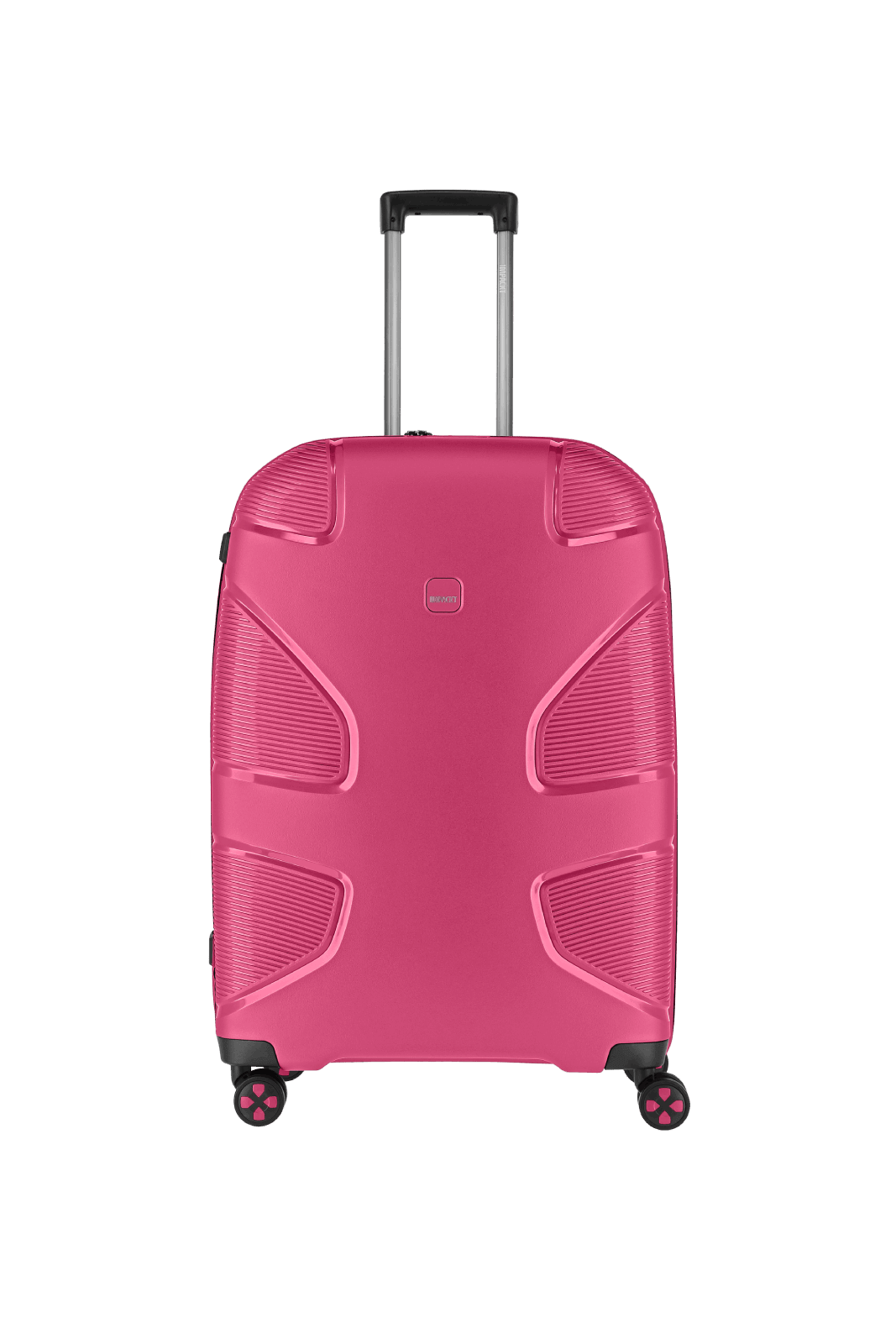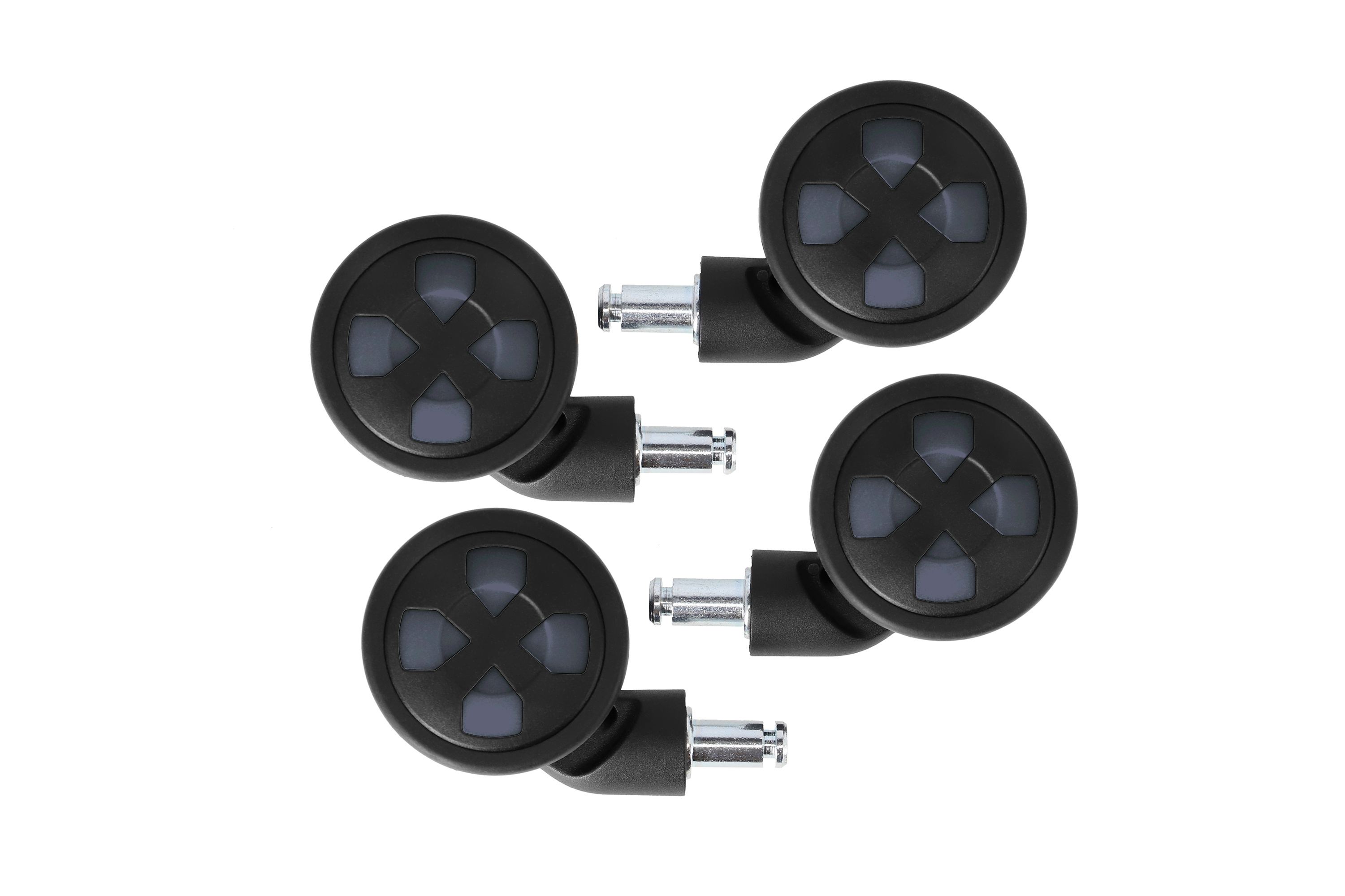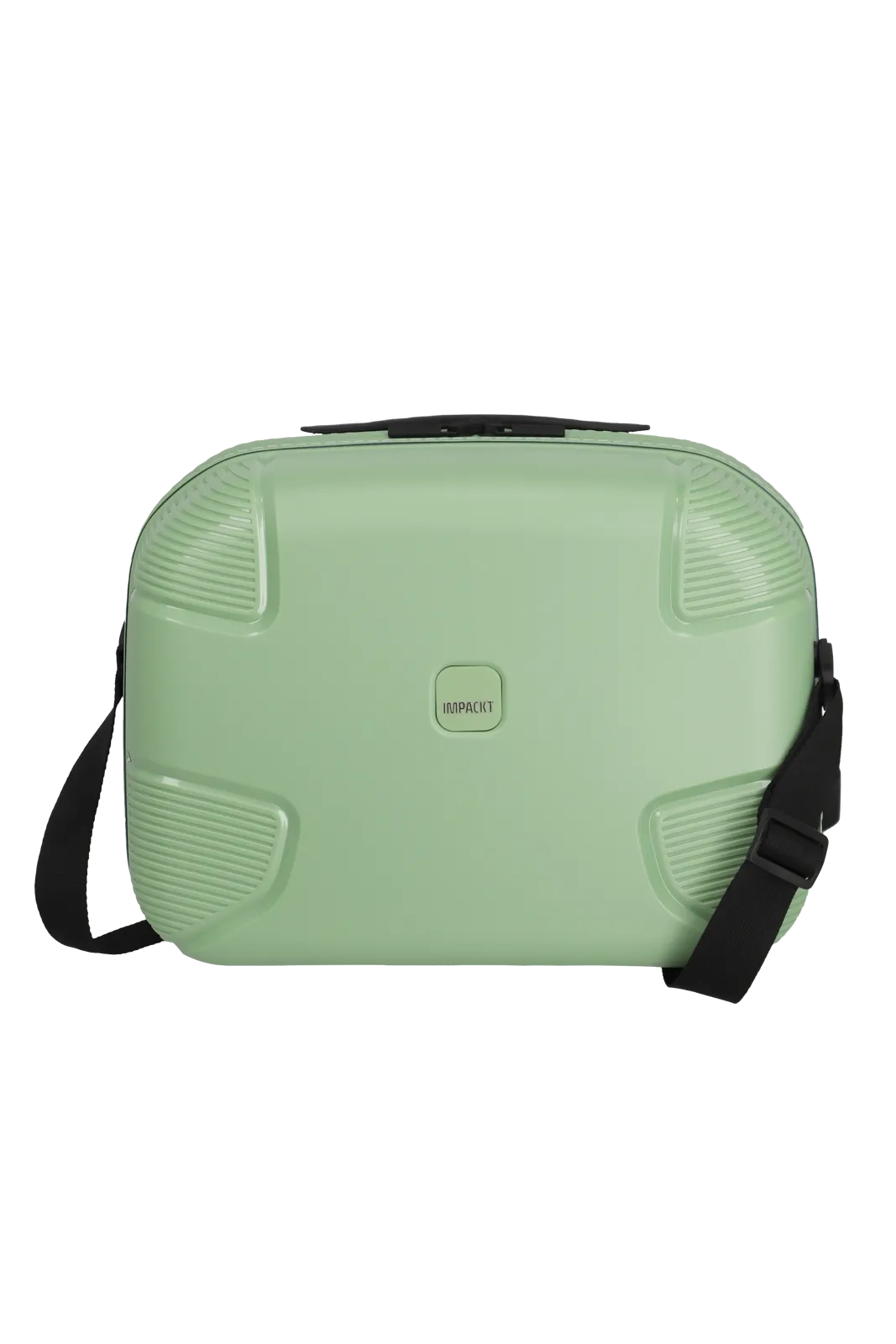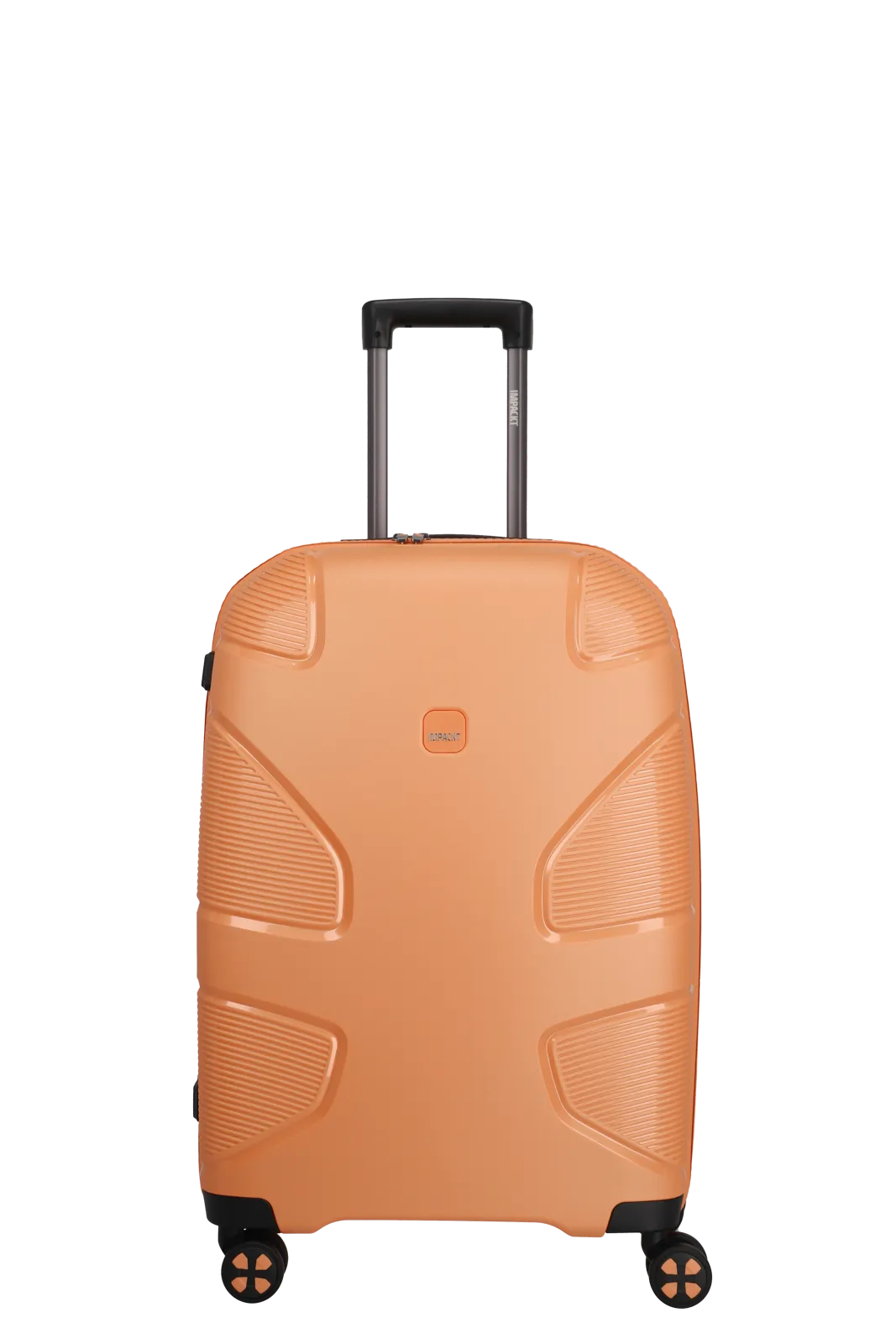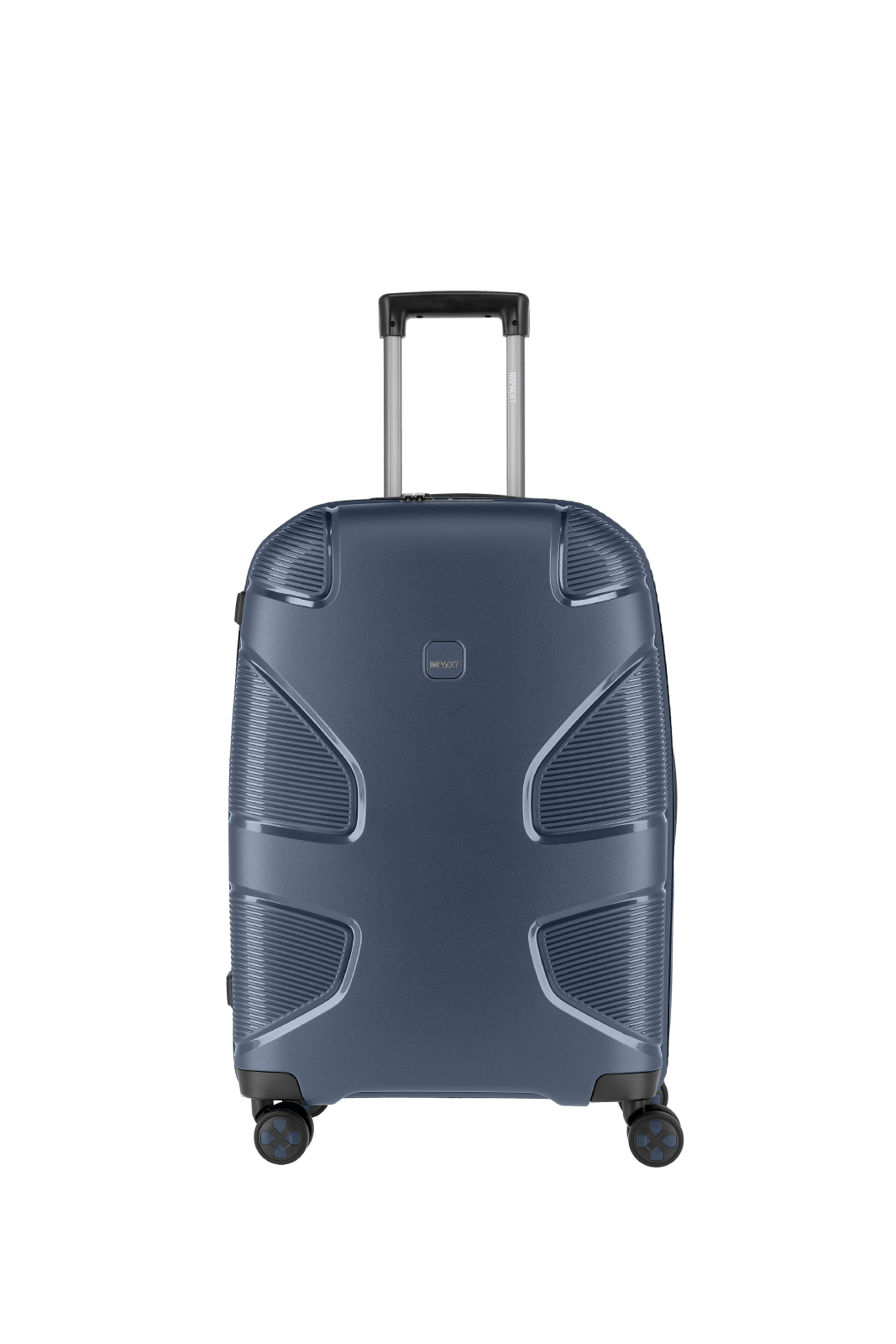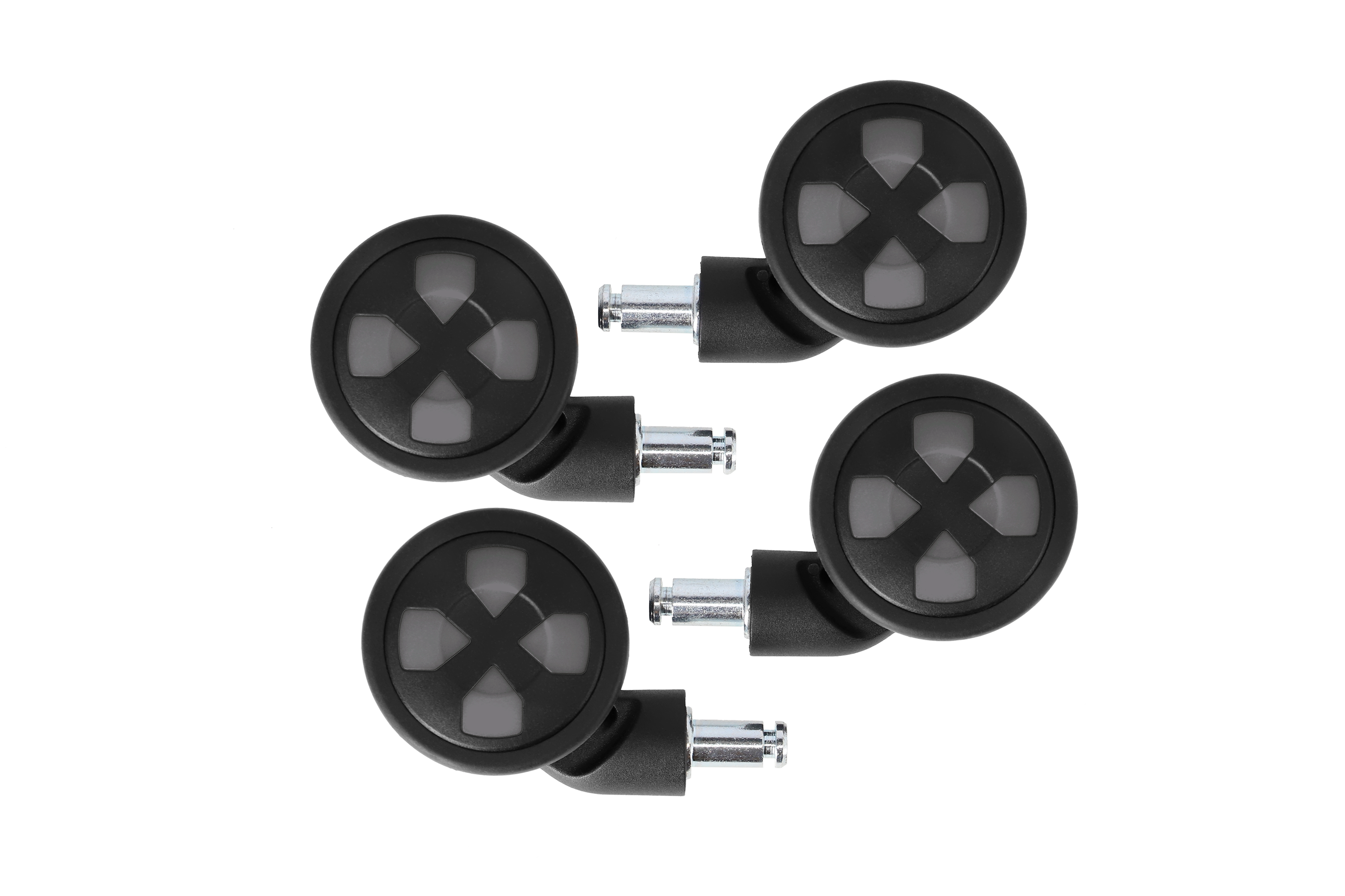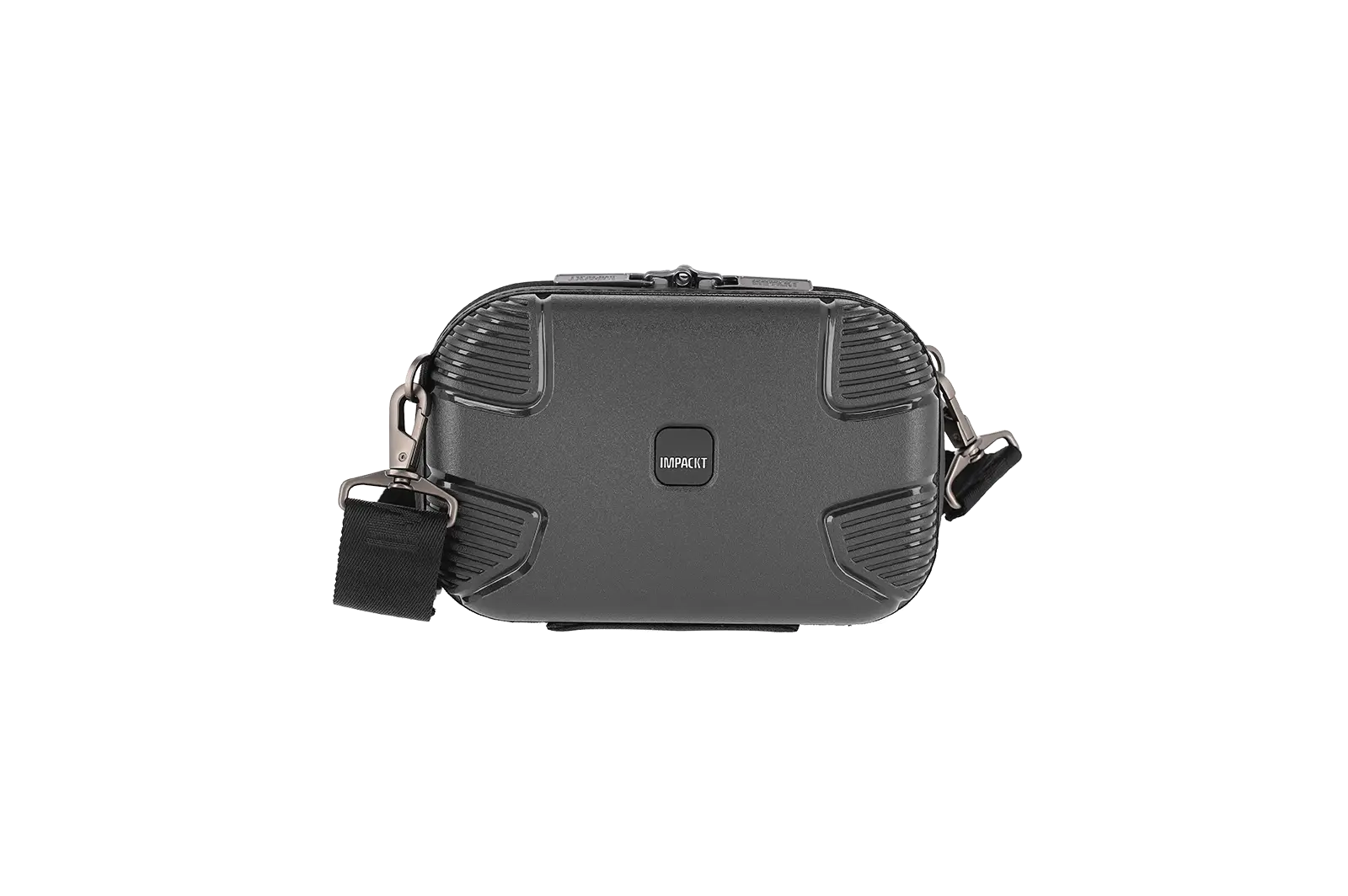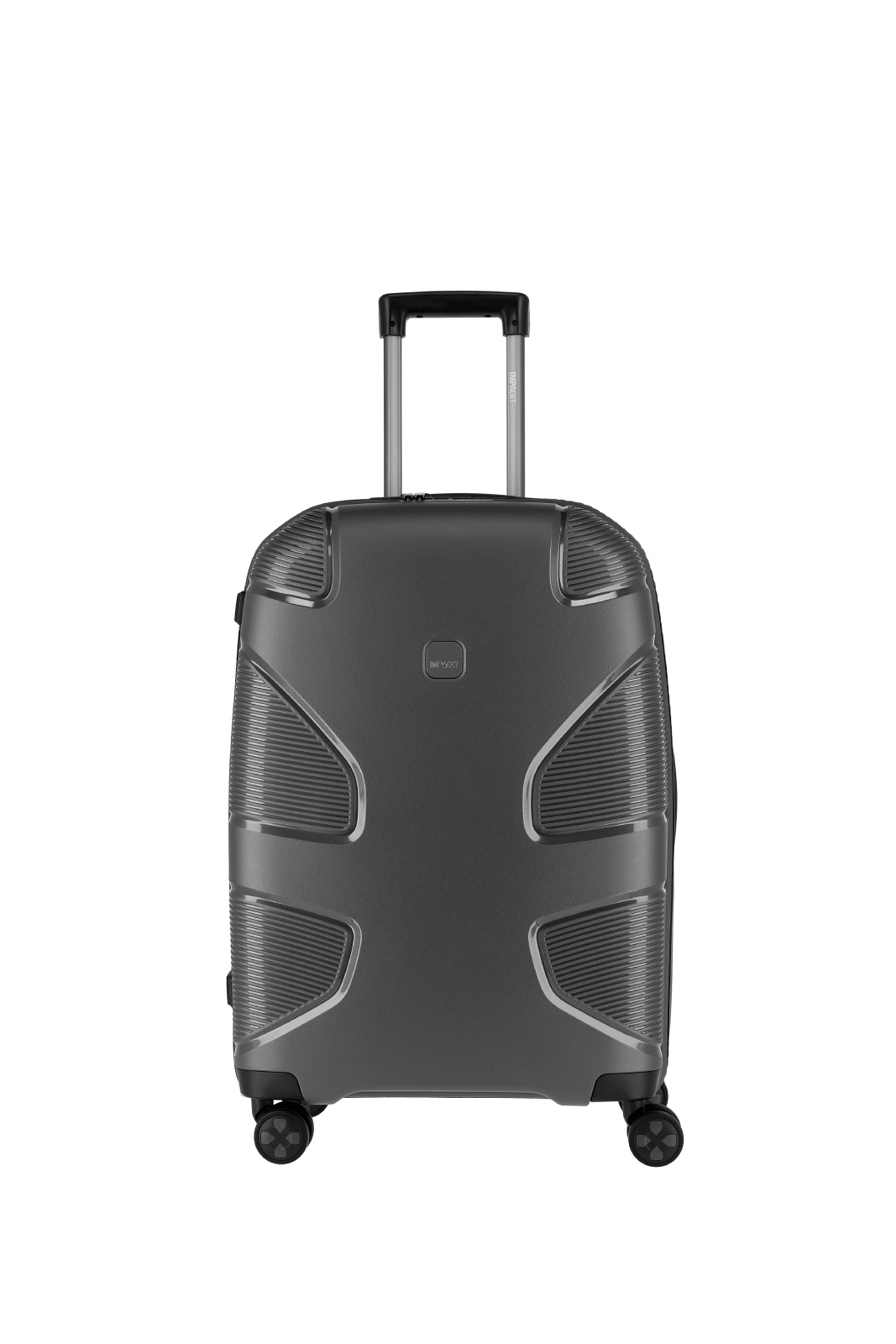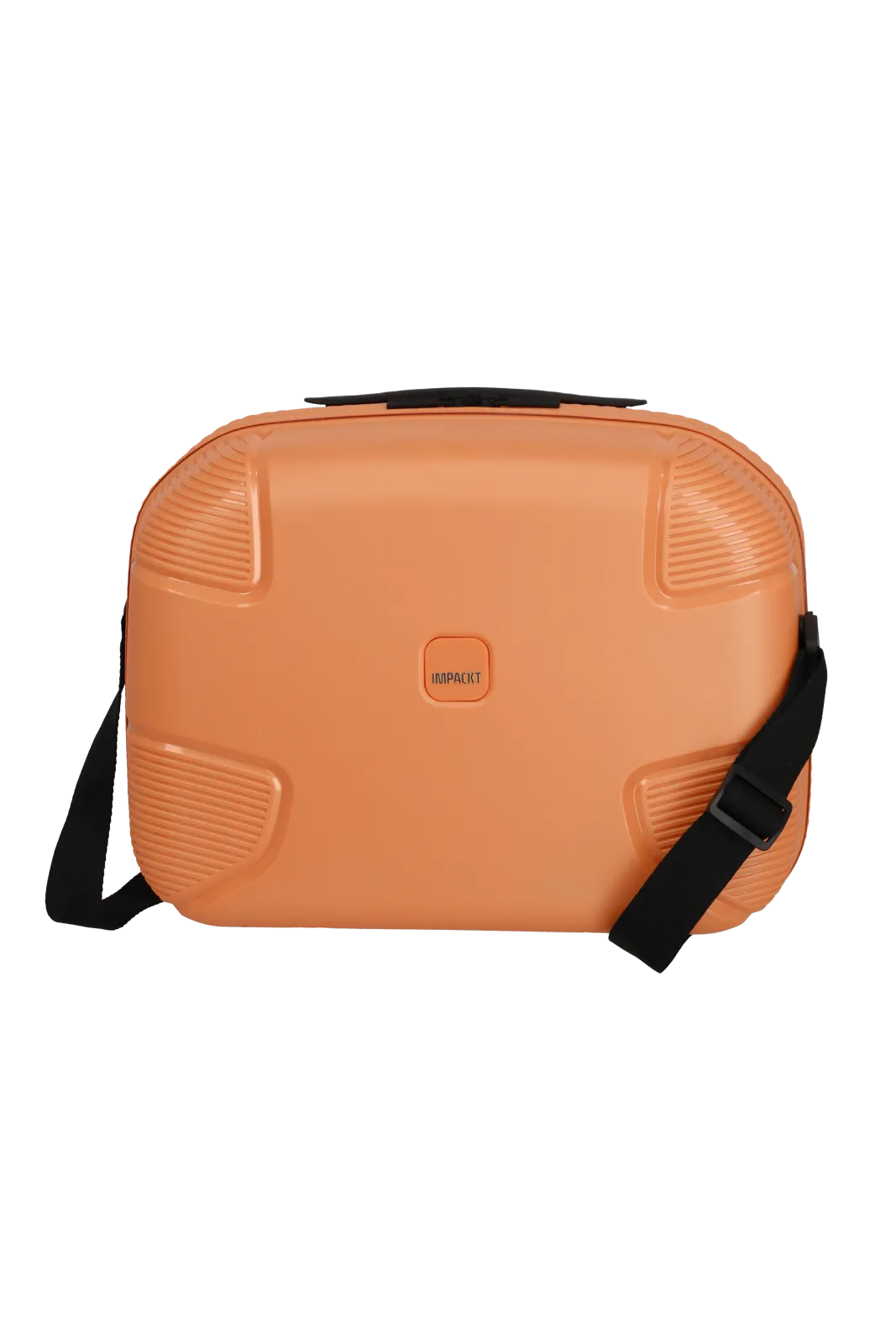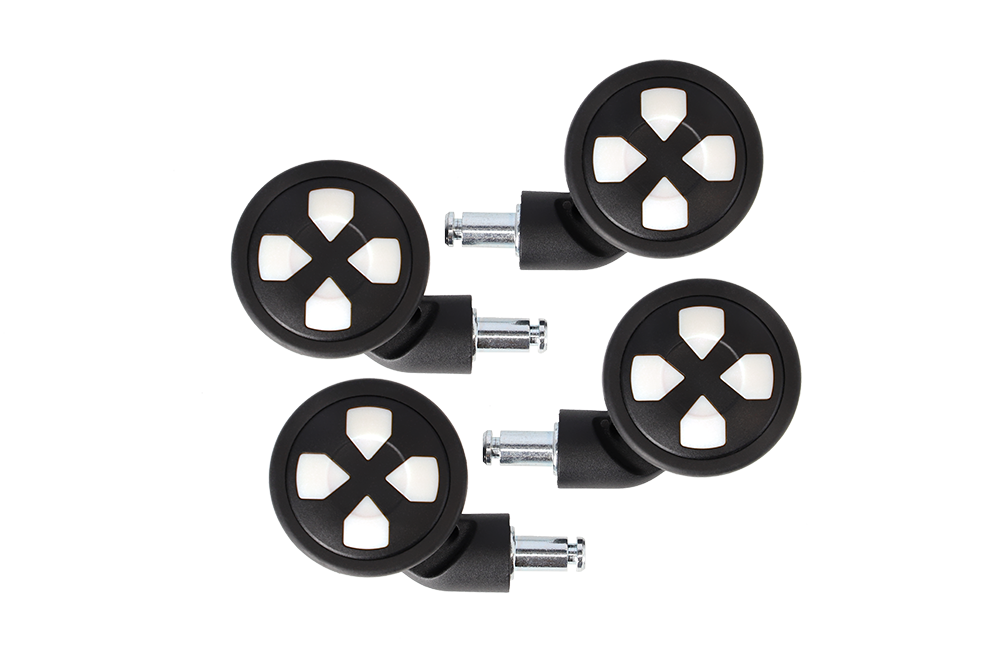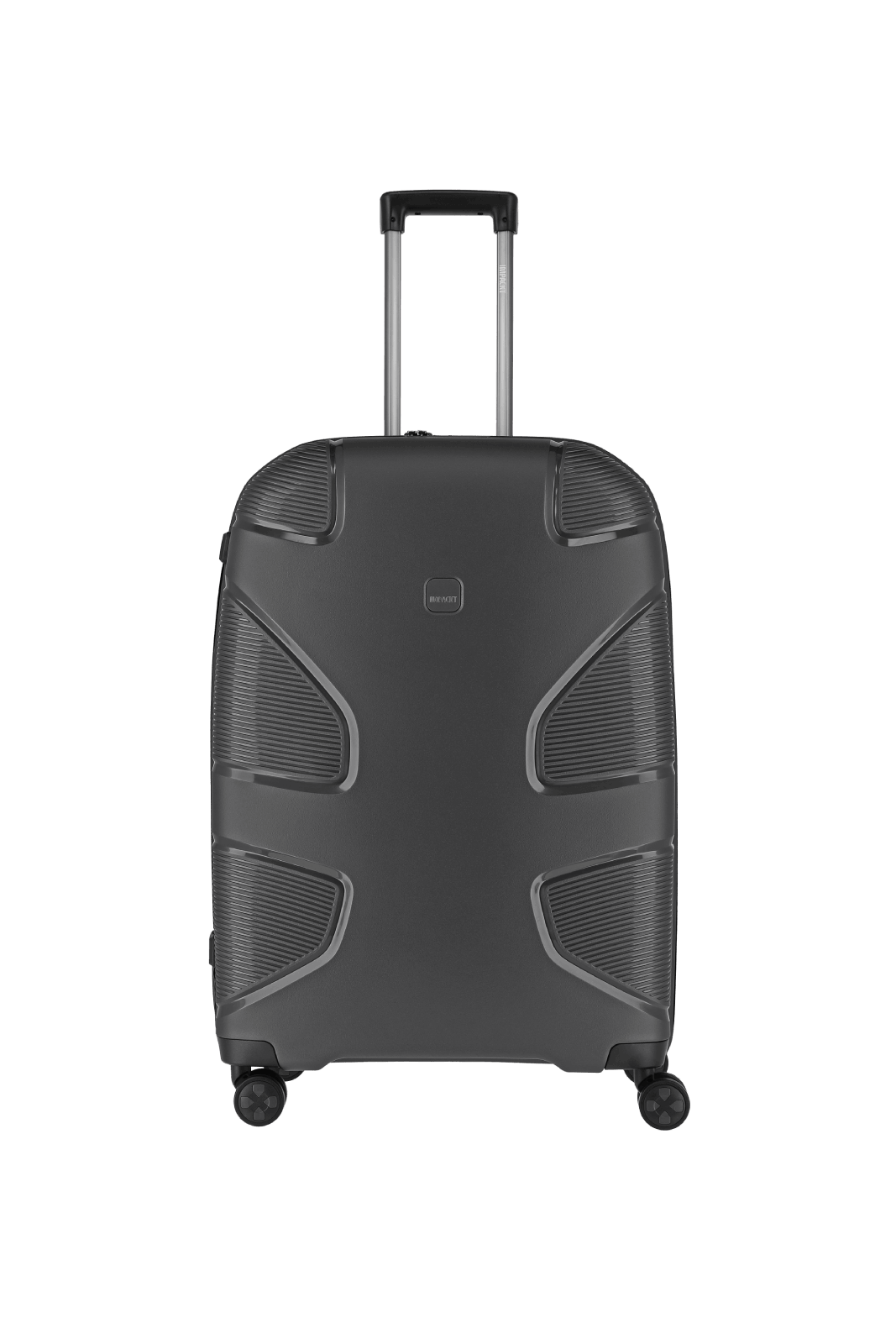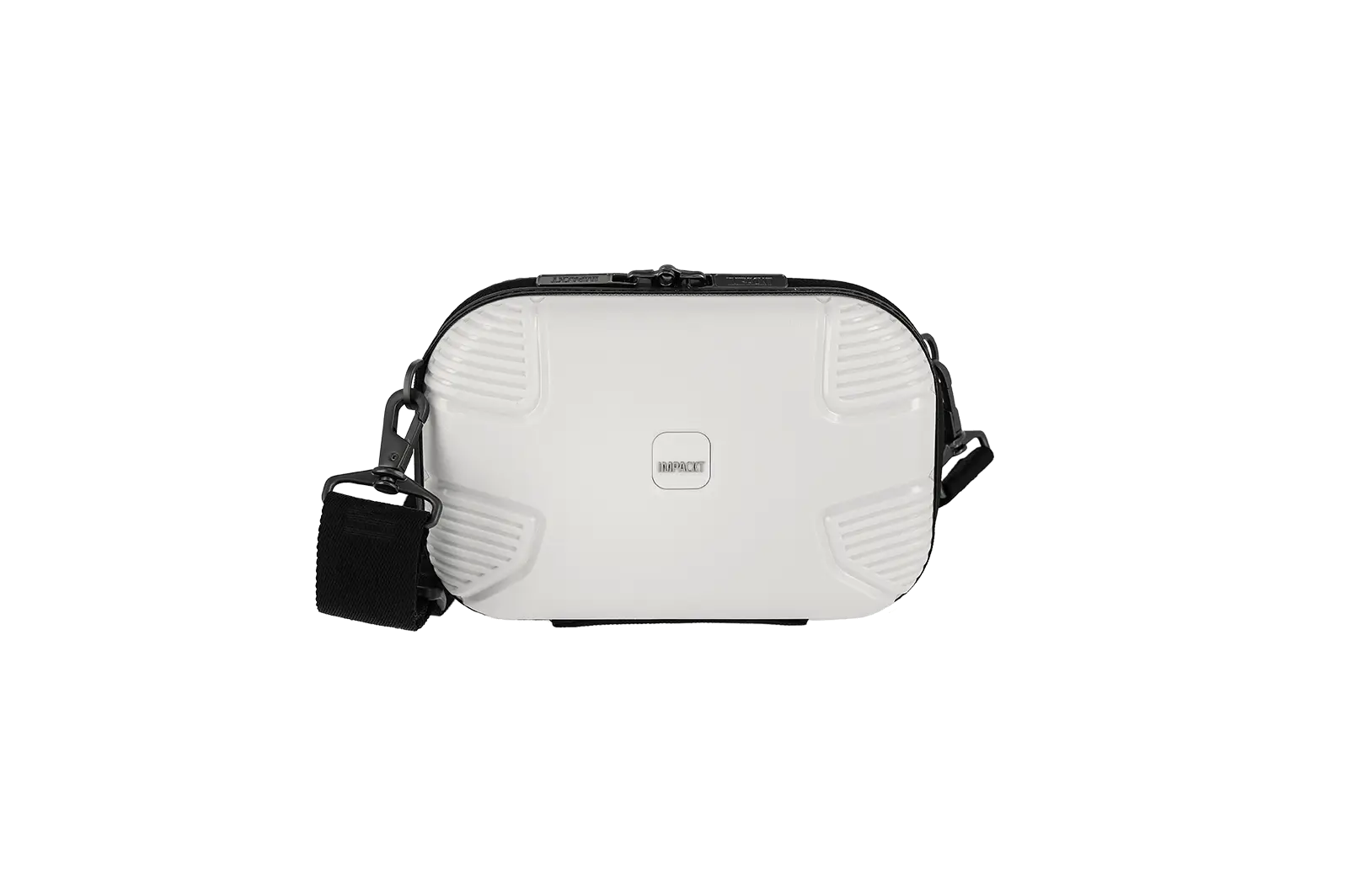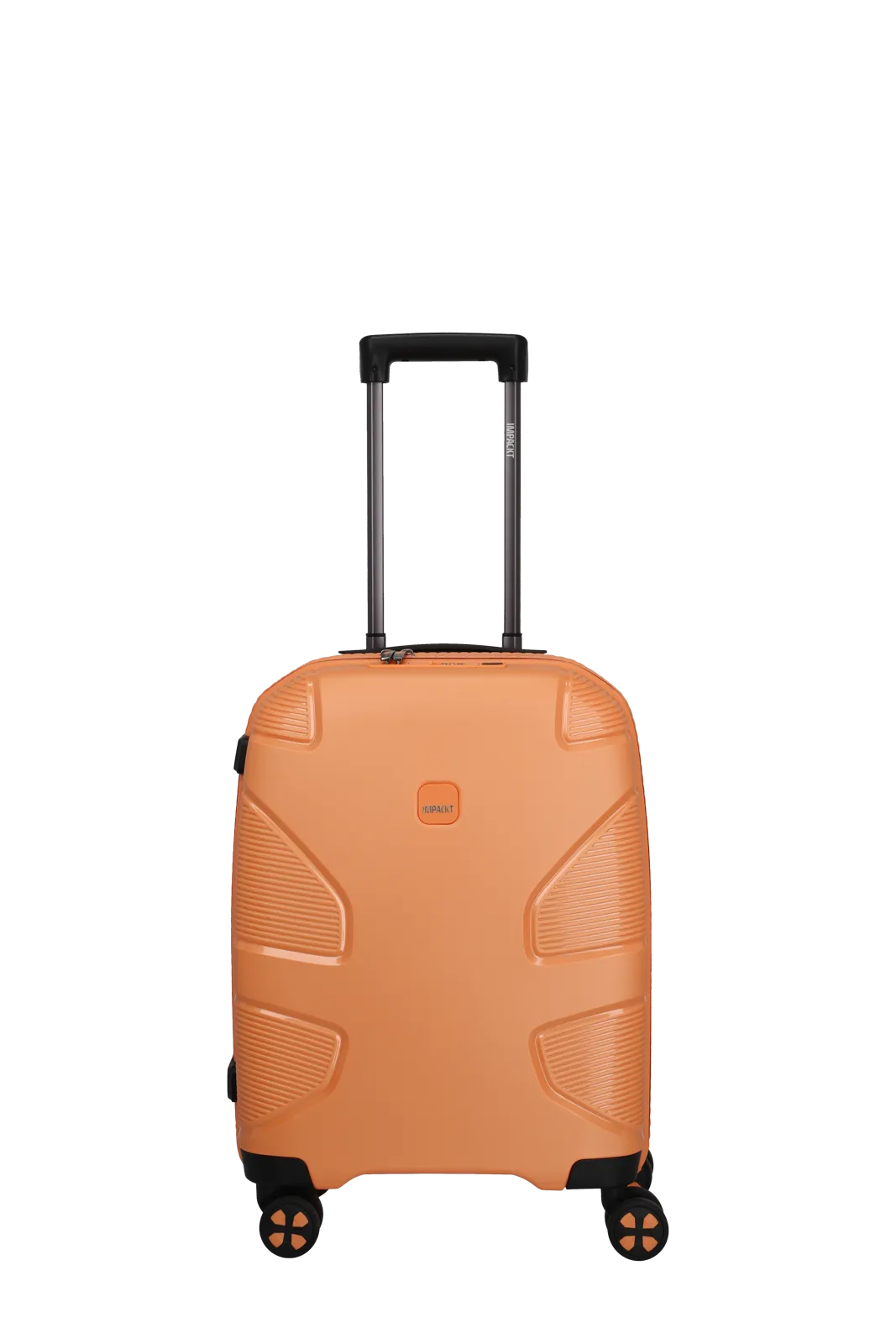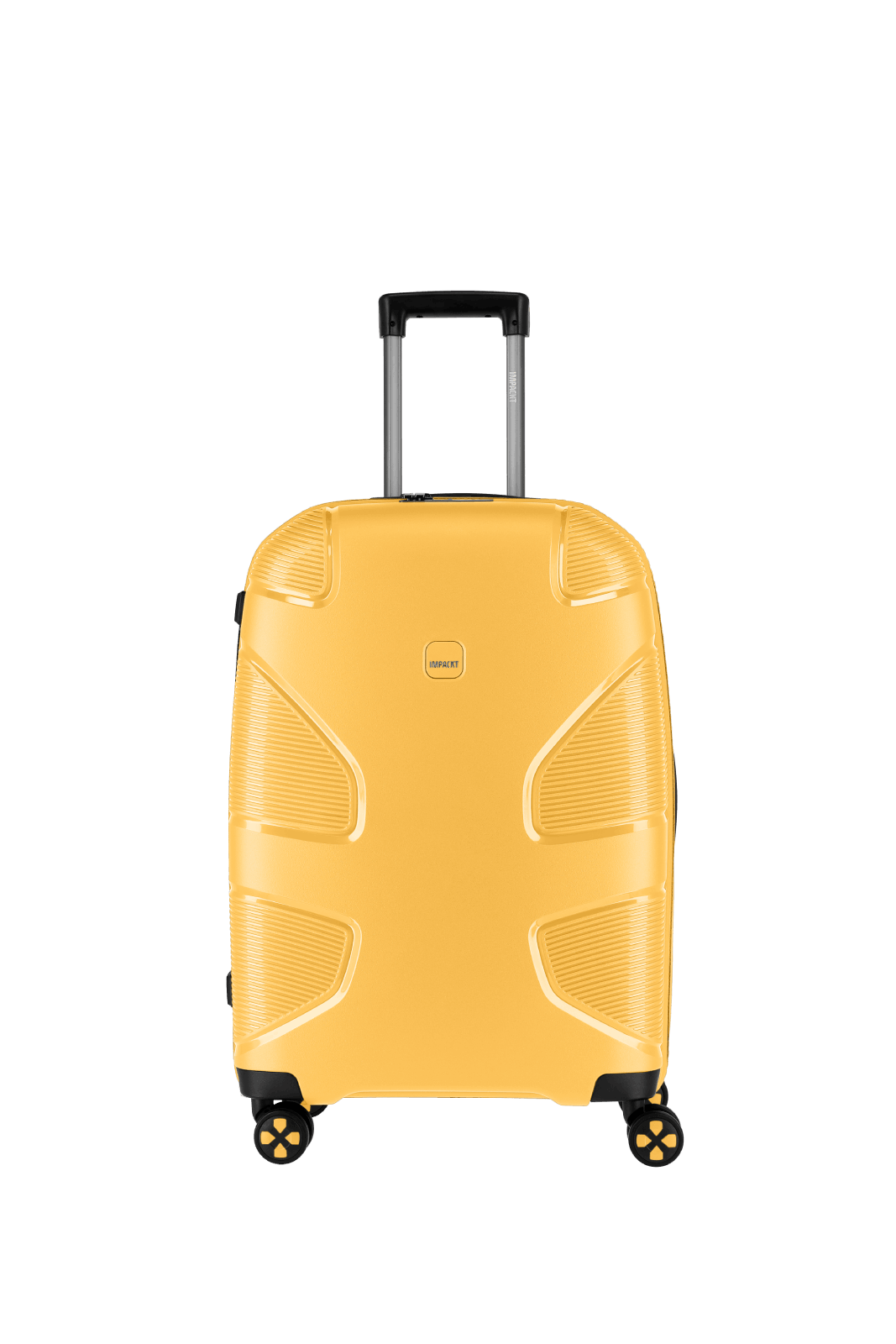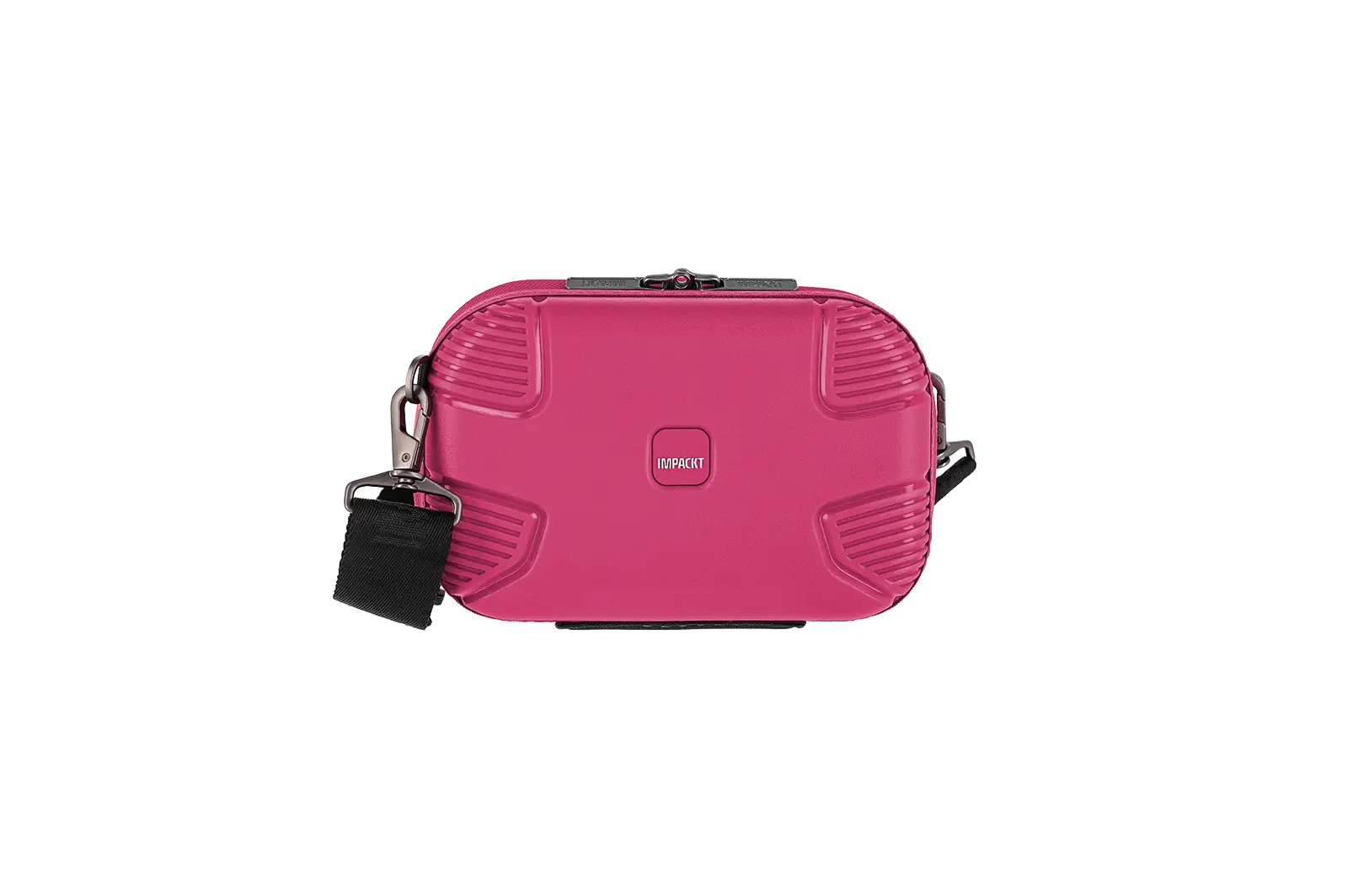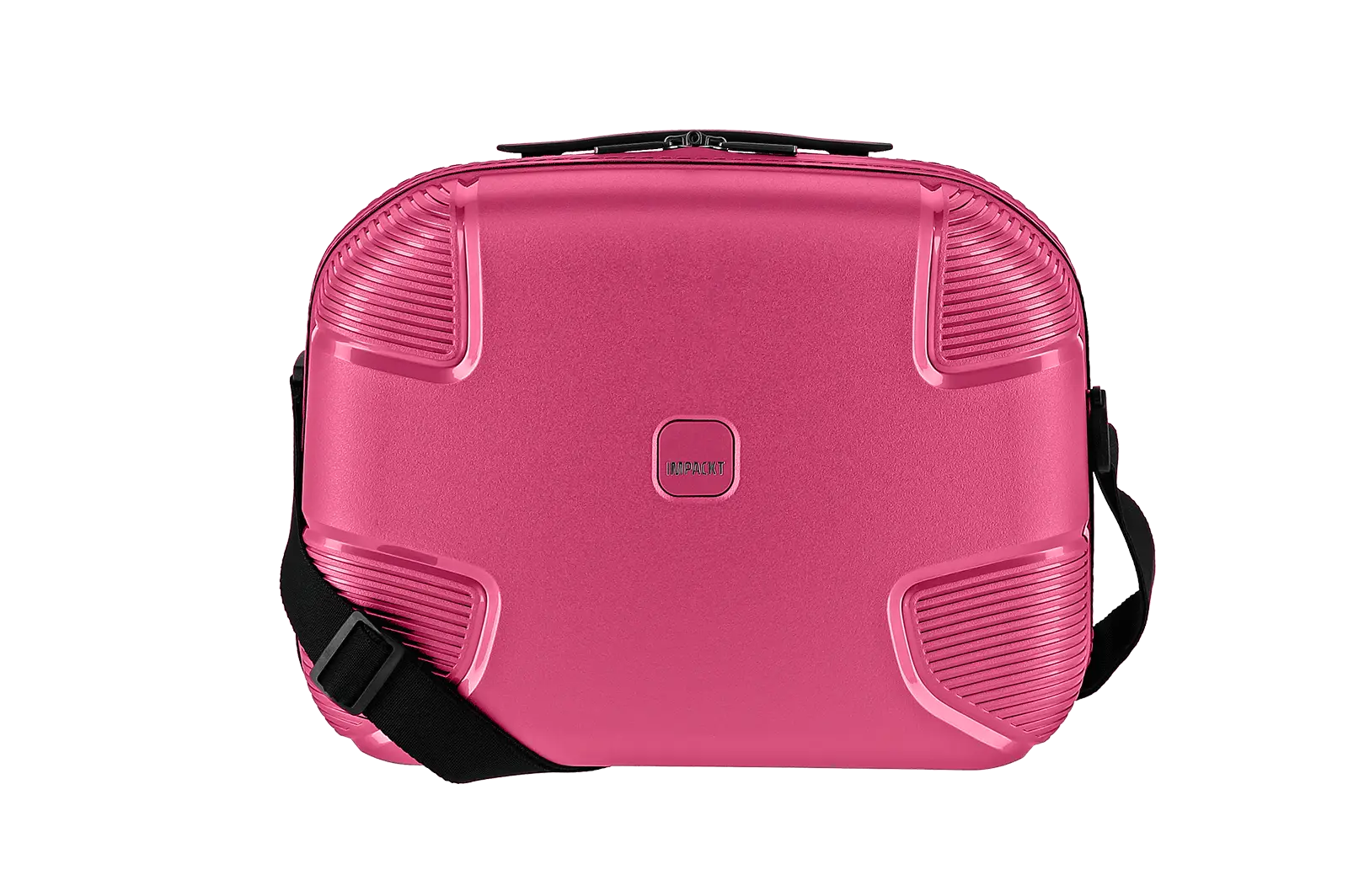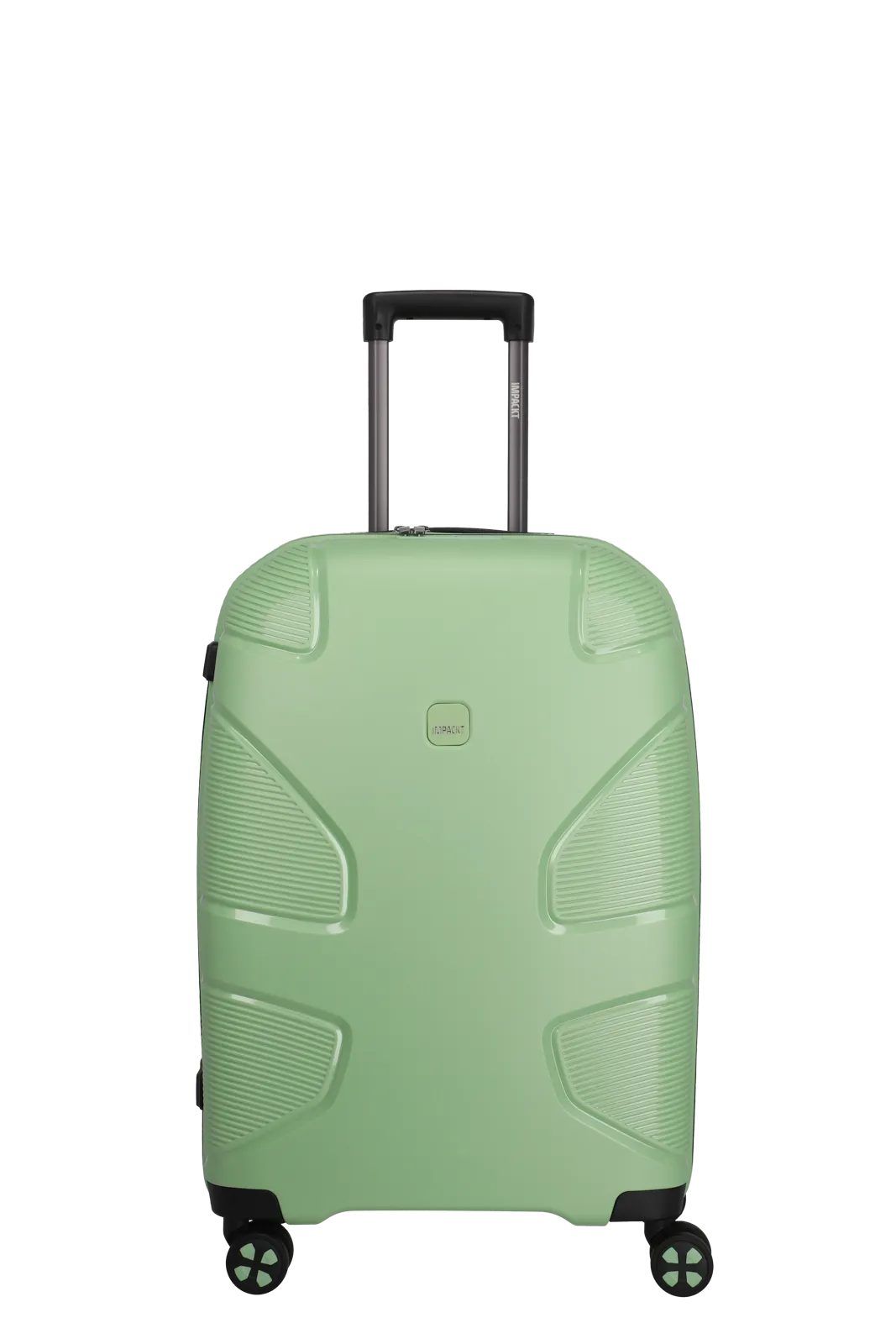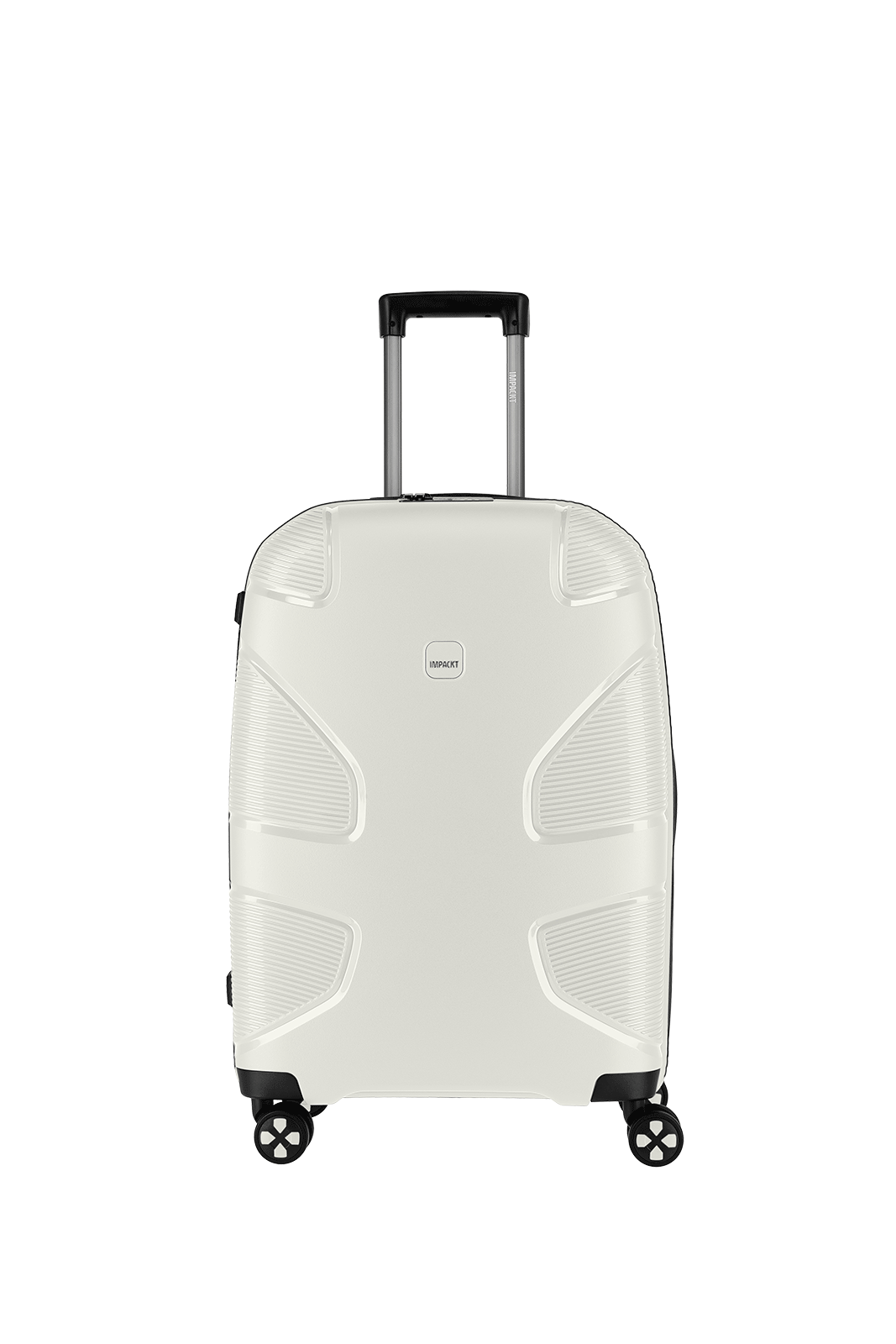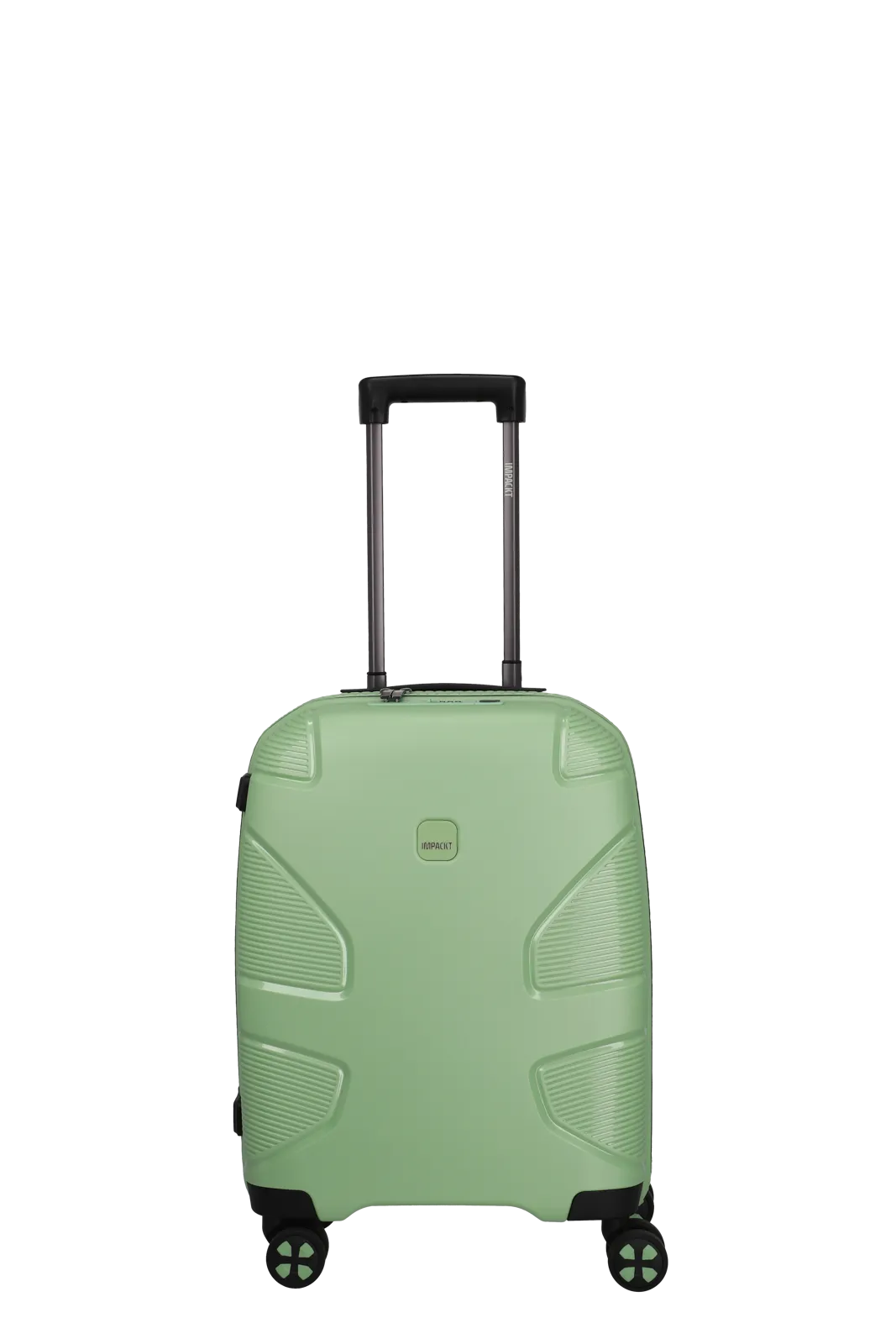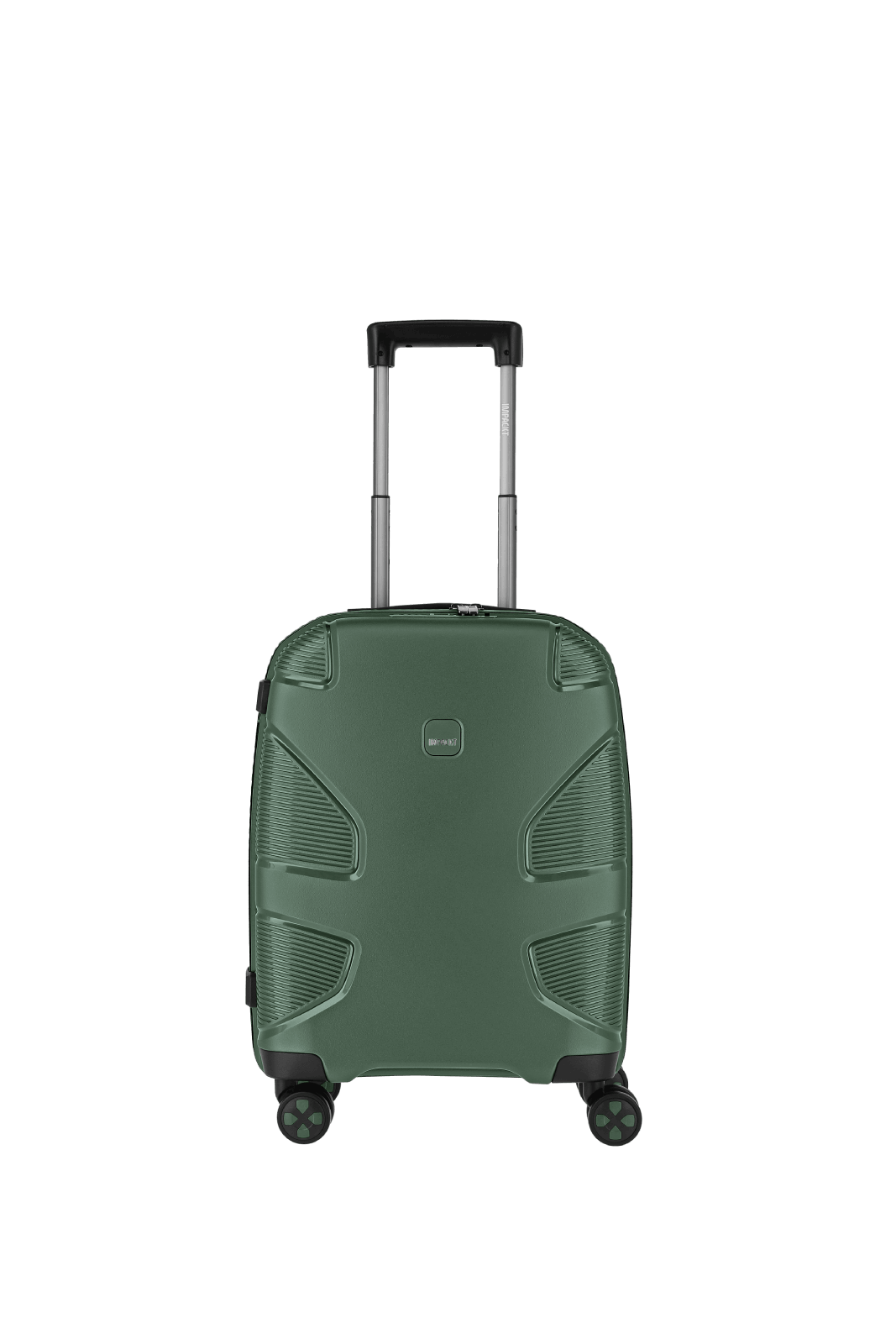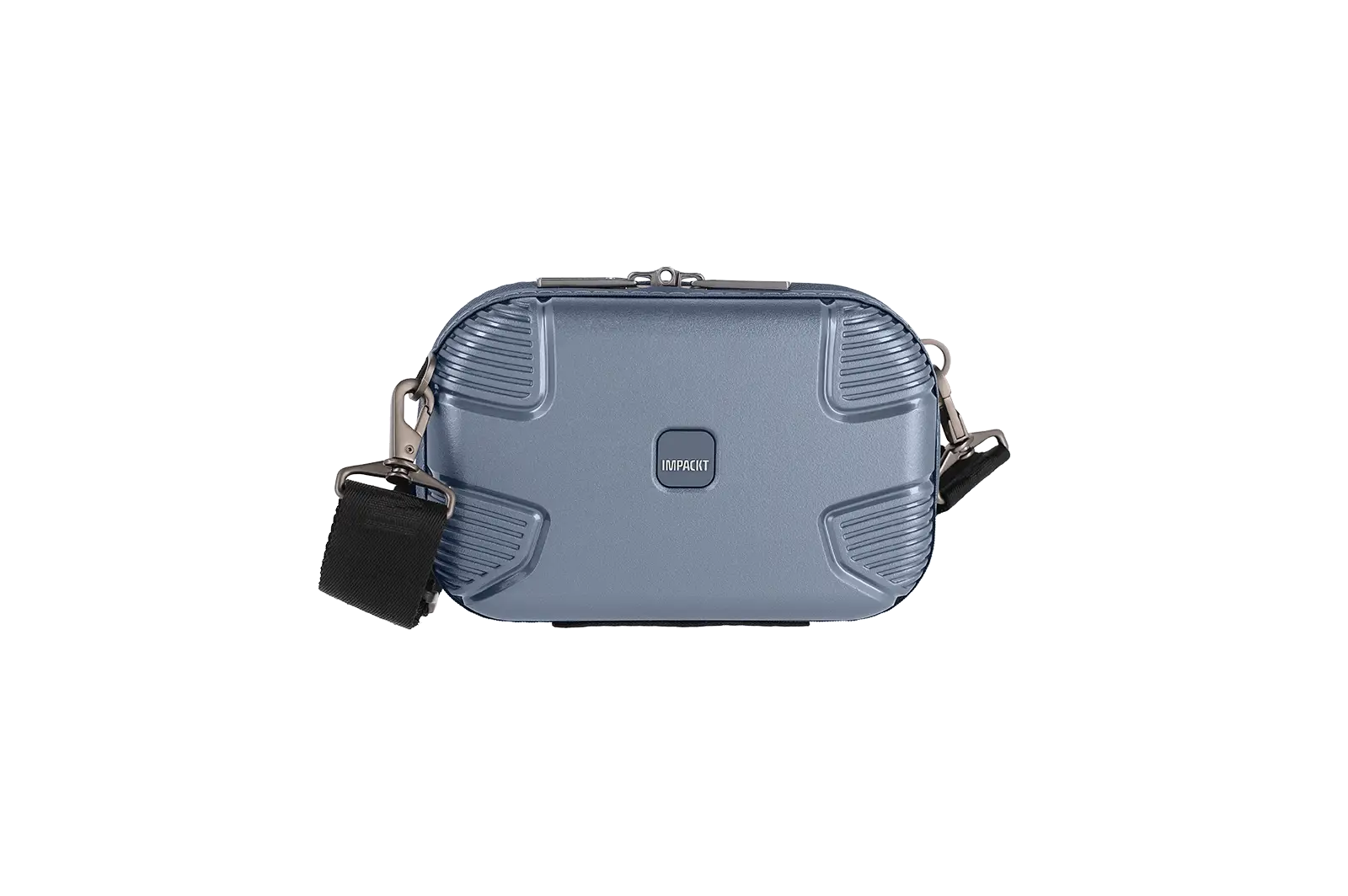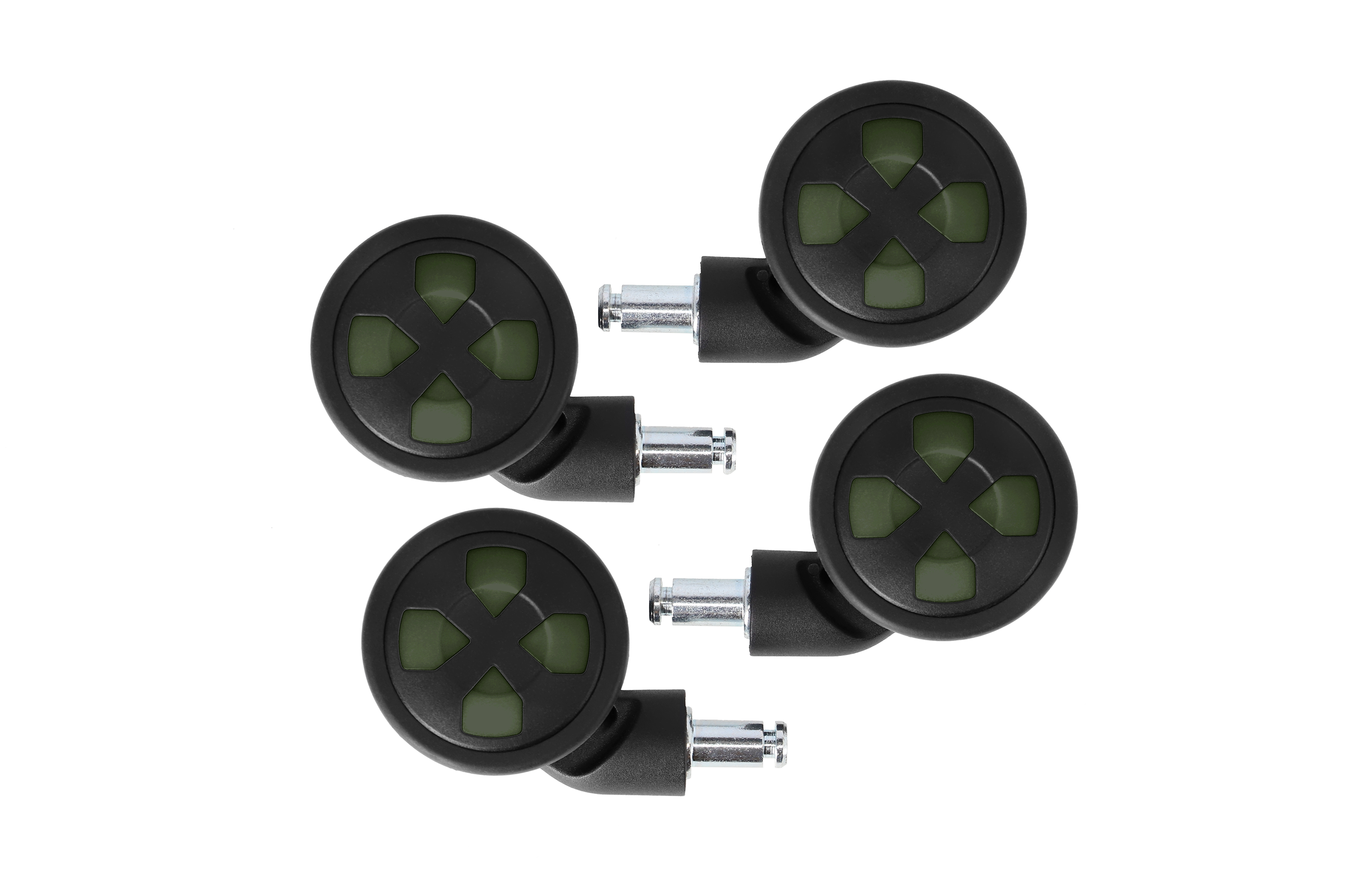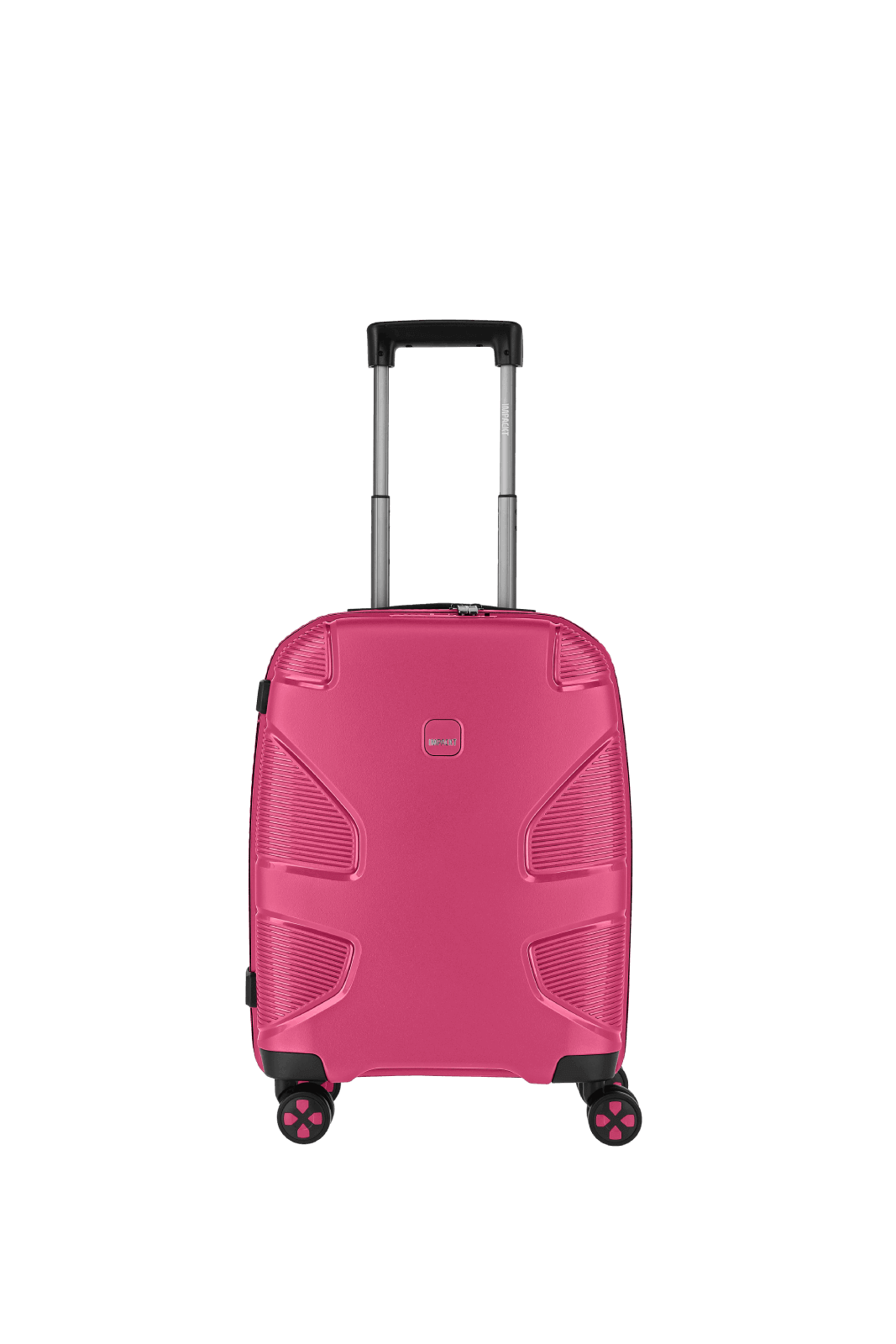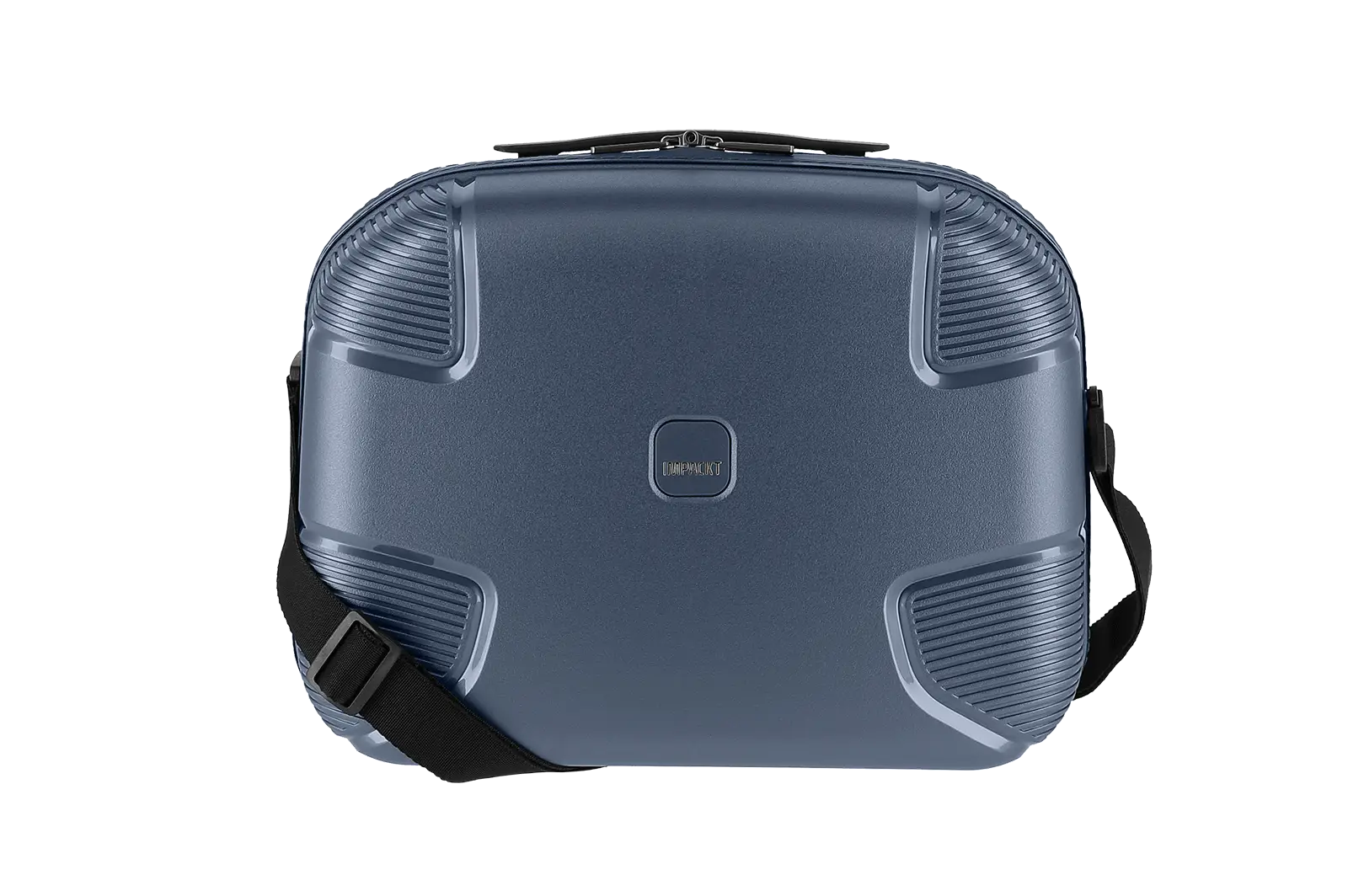

Save CO2: This is how you simply make the climate difference
Saving CO2 - for many, that sounds like doing without at first. Understandable, since "saving" also means "limiting oneself". But what gets lost in the shuffle is that the opposite is actually true. If we improve our climate sustainably, we gain more freedom. Namely, the freedom to explore nature in its most beautiful form, to look to the future with a calmer conscience, and to offer our children a place where they can grow up without worries.
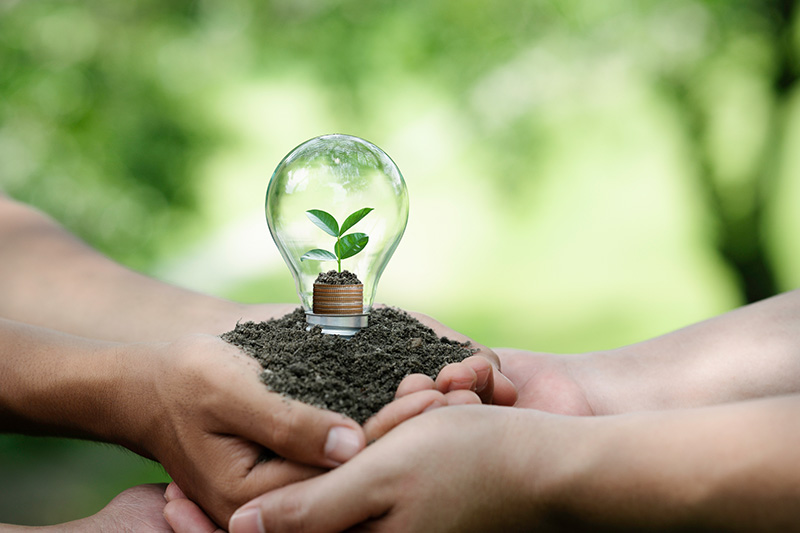
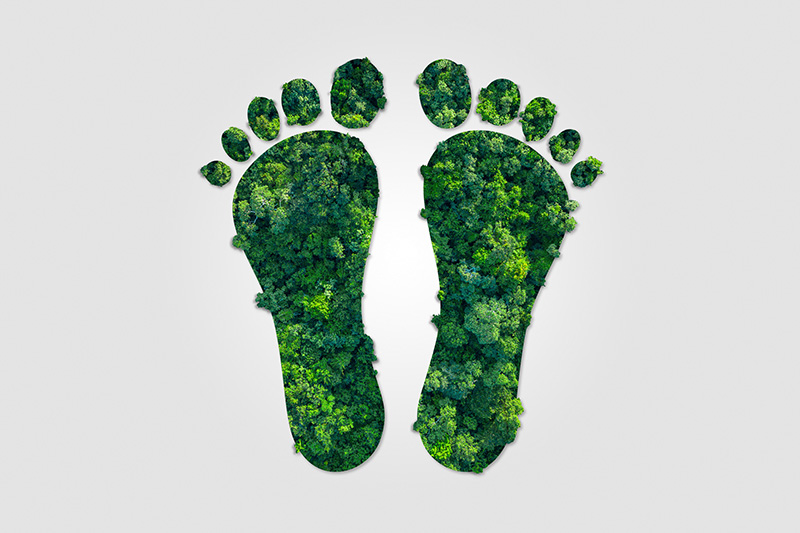
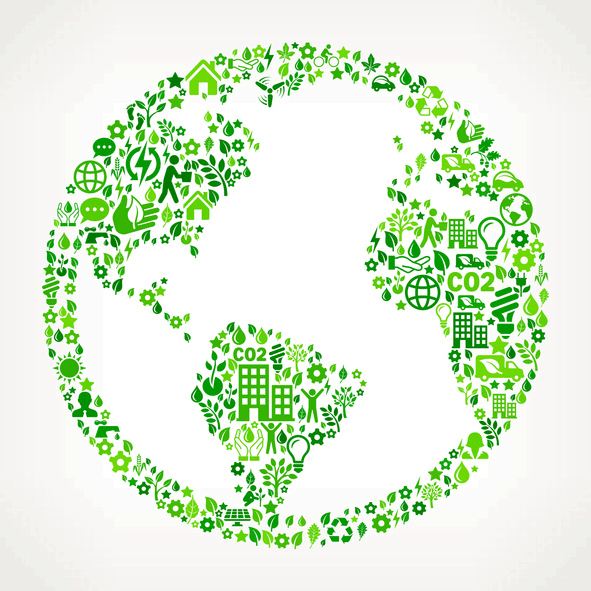
Sustainability is therefore also a form of quality of life. And "saving CO2" is not simply something we can measure quantitatively. Sure, it's still about reducing the greenhouse gas. But just because we're aiming for "less" doesn't mean that we're getting less out of life. This can be seen, for example, in the case of our neighbors: the Danes are considered the happiest people in the world, while their capital Copenhagen has been leading the European Green City Index for years.
We want to show you how easy it is to save CO2 without feeling the big difference. But make the big difference.

Saving CO2 - What is CO2 anyway?
CO2 - or carbon dioxide - is a hot topic. Literally. The more of it there is in our atmosphere, the more our planet heats up. That's why CO2 has become the absolute buzzword as soon as it comes to global warming and the accompanying climate change.
The greenhouse effect - natural vs. man-made
By nature, however, CO2 is not "bad" at all. It occurs naturally in the earth's atmosphere and plays a crucial role in our climate:
1. solar radiation passes from the sun through our atmosphere to our earth's surface.
2. our earth absorbs a part of it as heat. The other part is sent back to space.
3. CO2, among other things, "intervenes" here. It absorbs a part of the heat and radiates it back to us.
If this would not happen, we would have temperatures of -18°C instead of 15°C and our known flora and fauna could not develop. This is called the natural greenhouse effect.
It becomes problematic when there is too much CO2 in our atmosphere. Then too much heat is stopped from escaping back into space and radiates back to our planet. We are at this critical point right now. We have turned the natural greenhouse effect into an artificial - or anthropogenic - one. We are making our planet boil. How did that happen?
Here's how it came to climate change and its consequences
CO2 is produced by burning fossil fuels. We have been doing this on a large scale since industrialization. From large factories to private cars - we obtain most of the energy we consume by burning coal, oil and the like, and in the process allow more and more CO2 to be blown into our atmosphere.
The result: Since the beginning of industrialization, the global concentration of carbon dioxide has increased by about 50% (Source: German Federal Environment Agency). At the same time, average temperatures on our planet are rising. The last eight years have been - globally speaking - the warmest since weather records began.
These new, unnaturally high temperatures are melting our polar ice caps and glaciers, raising the water level of the oceans, thereby destroying land and habitats of many animals and threatening the livelihood of us humans - to name just a few consequences of climate change.

Saving CO2 - How to get started
The amount of information and shocking facts about the climate crisis can quickly overwhelm you. You get bogged down and ask yourself: What can I do as an individual and how do I start saving CO2?
That's why we're getting to the good news now: in 2022, CO2 emissions from households and small consumers fell by 5.1% compared to the previous year. Overall, Germany was able to reduce greenhouse gas emissions by 1.9%.
So saving CO2 is definitely possible - and here's how you can get started:
You can calculate your CO2 footprint with the WWF climate calculator. Just answer 35 short questions and you'll see where you still have room for improvement in terms of CO2. You will see that there are different areas - such as mobility, nutrition and general consumption.
We have selected tips for the different areas so that saving CO2 in everyday life and while traveling becomes child's play:
Saving CO2 while traveling - The best tips
Tourism is considered one of the biggest climate killers. Travel is said to be responsible for eight percent of global greenhouse gas emissions. We can impact that eight percent with more sustainable choices. We can have an IMPACT - and we can do it with the following tips:
Mobility:
1. Take a train instead of a flight: if you want to explore new places, check out which cities can be reached by train. After all, many city breaks in Europe are easily done by train. There's even more adventure if you opt for a night train. If you travel by train, you are at the forefront of saving CO2 and reduce your CO2 emissions by about 80% compared to a trip by air (Source: German Federal Environment Agency).
2. CO2 compensation: If your destination is far away and can only be reached by plane, compensate your flight. How to do that, we explain here.
3. Light luggage: no matter if you travel by train, car or plane, one rule always applies: every extra kilo you have in your suitcase costs fuel. More fuel consumption means more CO2. So before you leave, think about what you really need. Here we tell you how to pack smart and sustainably.
Accommodation:
1. Camping: You want to save CO2 when choosing your accommodation? Staying in a tent has by far the best CO2 balance (Source: Öko-Institut). It's even more sustainable if you borrow the tent from friends or family.
2. Organic hotel: If you prefer to have a "real roof" over your head, look for sustainable accommodation. According to Dehoga Bundesverband, organic hotels produce an average of 7.5 kg of CO2 per overnight stay. That's less than half compared to conventional hotels. Here, the figure is between 17 and 47 kg of CO2 per night. How do you find an organic hotel? We tell you here.
3. No luxury: By the way, luxury hotels are considered the biggest climate sinners among accommodations. If you want to save CO2, you should not sleep here. Rather, find your luxury in the little things: the freshly baked bread at the regional bakery, the peace and quiet in the Tiny House, the smell of natural cosmetics.
Leisure:
1. Local food: Isn't it great to get to know new dishes? We think it's great that the food culture differs from place to place. Eating local organic food isn't just super delicious, though. You can also save 15% CO2 by doing so. So go to markets on vacation and support local farmers and producers with your purchase.
2. Borrowed equipment: Especially for an active vacation you often need special equipment. Save money, CO2 and resources by borrowing the necessary equipment from friends.
3. Bike sightseeing: Many cities can be easily explored on foot. Often the most important sights are close together. But we all know that at some point your feet start to hurt. The great thing is that more and more sightseeing tours are offered by bike. With Berlin on Bike, for example, you can get to know our capital city while causing 0% CO2.

Saving CO2 in everyday life - The best tips
Since we spend more time at home than traveling, we still make the biggest IMPACT when we change our everyday habits. This is probably the easiest way to save CO2 in everyday life:
Mobility:
1. Walking: You can get from A to B completely CO2-free if you walk. An alternative is also your bicycle.
2. Public transportation: If the distances are longer, take the subway instead of your car. This way you can save 50% CO2. Especially practical: Since May 2023, the Deutschlandticket is available for only 49 euros. With it, you can travel all over the country.
3. E-cars: If you are dependent on your car, consider switching from a combustion engine to a car with an electric motor. As the infographic "Effective climate protection" shows, this saves one person 510 kg of CO2 per year.
At home:
1. Bio-gas: You save the most CO2 - namely up to 3,560 kg CO2 - if you avoid flying. This tip comes in second place: Use bio-gas for heating. You can reduce CO2 emissions by up to 1,500 kg per year.
2. Electricity: 84% of Germany's greenhouse gas emissions are caused by the conversion of energy sources into electricity and heat (source: German Federal Environment Agency). This means: If you save electricity, you can also save CO2. The best place to start is with the biggest energy guzzlers: Your major household appliances and your consumer electronics. In concrete terms, this means putting the lid on the pot when cooking. Use the convection function when baking. Use the dishwasher instead of hand washing. Replace old light bulbs with new LEDs. Turn off your TV completely and not just on stand-by. For more tips, click here.
3. Zero Waste: Sometimes it's really easy to kill several birds with one stone. If you align your lifestyle with Zero Waste, you not only minimize waste, but also your carbon footprint. After all, everything we throw away was manufactured once. Industry is responsible for 21% of all emissions. Meaning: store less = throw away less = less CO2.
4. Vegan nutrition: You can save CO2 with what ends up on your plate. Just remember: seasonal, regional, meat-free. For example, you save 49% CO2 if you choose a vegan organic diet that is seasonal and regional. Check out this table on how to save CO2 when eating out to learn more.
Leisure:
1. Clothes question: The textile industry blew more CO2 into the air in 2015 than all international flights and shipping combined. Even sadder is the fact that, according to Greenpeace, one in five items of clothing is hardly ever worn. So ask yourself on your next shopping trip: Will I really wear this? If the answer is 'no', leave it behind. This way you can save money and CO2.
2. Sustainable materials: If a new piece of clothing is indispensable, look for a sustainable alternative. Organic cotton, for example, produces half the CO2 emissions of conventional cotton. Or see if you can find a similar piece second hand.
3. Account: Did you know that your financial investment has a big impact on your carbon footprint? Because while you "park" your money in an account, the bank continues to invest it: it grants loans, buys shares, funds or bonds. In the process, they may also invest in industries that are harmful to the climate. They care about profit, not about our environment. Therefore, switch to an ethical-ecological bank like Ethikbank, Umweltbank, GLS-Bank or Triodos.
4. Mails: They cost nothing, are uncomplicated, go fast, and make no waste. Emails seem to have only advantages. What we ourselves didn't know for a long time: one e-mail causes about 10 gr CO2 - with an extensive attachment it is even up to 50 gr CO2. Therefore, when writing your next e-mail, think about it: What do I want to communicate? What should I not forget? This way you avoid sending a lot of short mails.
Save CO2 - This is how you simply proceed
Now we have given you some tips on how you can save CO2 - on your travels and in everyday life. For you, it should feel as natural as possible to implement our suggestions. Above all, we advise you not to rush into it.
The time to act is now. We agree on that. But we also know that it is more sustainable to think long-term. So it is of little use if you try to implement all the tips immediately, feel overwhelmed, and then drop everything again.
Our suggestion: Pick three tips for your next trip that appeal to you the most. You want to save CO2 in your everyday life? Choose three tips that you will implement in the next two weeks. Write them down and always remember: Saving CO2 creates quality of life. For you, the planet, all of us.

